Moral Re-Armament Assembly
Moral Re-Armament (MRA) was founded by Dr. Frank Buchman, a Lutheran minister from Pennsburg, Pennsylvania. Dedicated to achieving international peace and social justice, the MRA began in London after World War I as a non-denominational Christian evangelical fellowship known as the Oxford Group. The organization was renamed in 1938 after Buchman called for “moral re-armament” to counter the threat posed by German militarization. Since 2001, the MRA has continued its mission under the name Initiatives for Change.
Violet Oakley met Buchman in 1928 through the Dowager Queen Sophia of Greece, whose portrait she had painted.1 Oakley was in Florence, where she resided when the League of Nations was in recess. She and Buchman had compatible political ideals rooted in Christian egalitarianism and pacifism and they developed a friendship that lasted for the next thirty years. When the League of Nations refused to exhibit Oakley’s painting Christ at Geneva because sectarian religious imagery was not permitted, Buchman agreed to hang it in the MRA headquarters in Berkeley Square in 1939.
After World War II, the MRA held World Assemblies at Mountain House in Caux, Switzerland, to promote international reconciliation. At Buchman’s invitation, Oakley spent several months in 1949 at Mountain House, where she drew forty portraits of members of the World Assembly and wrote the foreword to The Holy Experiment: Our Heritage from William Penn, 1644–1944, published in 1950. She also made drawings of the surrounding landscape.
In 1956, Oakley attended conferences at the MRA world training center on Mackinac Island, Michigan, and offered to design a mural for the dining hall that she called The Three Communions (The Last Supper, Morning After the Resurrection, Banquet in Heaven). The title may have referred to a concept used by sociologist Will Herberg in Protestant, Catholic, Jew: An Essay on American Religious Sociology, published in 1955. Herberg maintained that immigration in the United States had resulted in in “three communions—Protestantism, Catholicism, and Judaism—as three diverse, but equally legitimate, equally American” expressions of religious faith.2 Oakley made several studies for The Three Communions, but the mural commission did not materialize.
1 Bailey Van Hook, Violet Oakley: An Artist’s Life (Wilmington: University of Delaware Press, 2016): 362.
2 William Herberg, Protestant, Catholic, Jew: An Essay on American Religious Sociology (reprint of first edition Doubleday, 1955; Chicago: University of Chicago Press, 1983): 87. The “three communions” concept had been used in the nineteenth century to express the underlying unity of the branch religions of Christianity: Roman Catholic, Eastern Orthodox, and Protestant.






Works in Woodmere's Collection
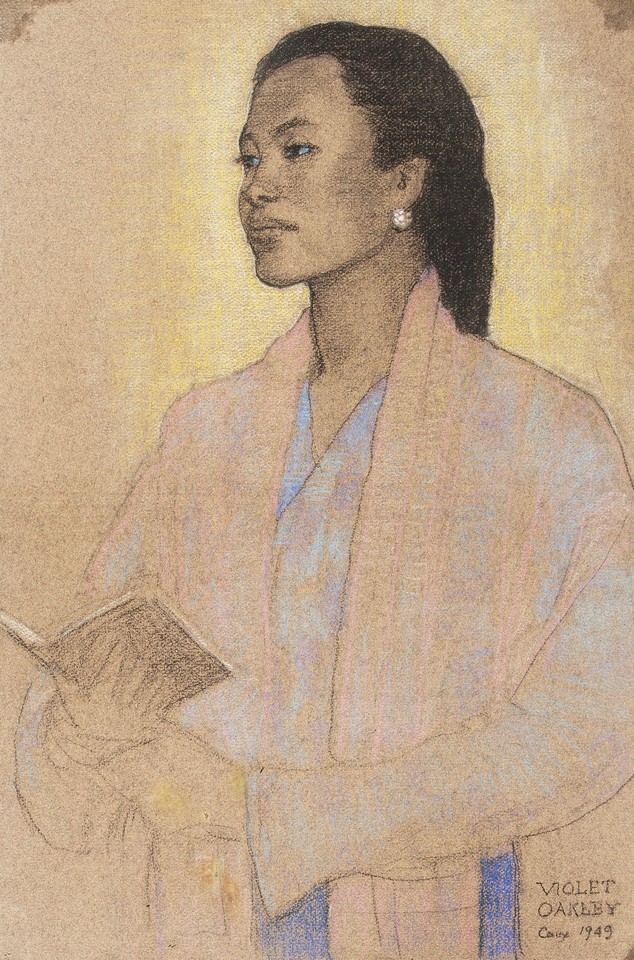
Portrait study of unidentified delegate to the 1949 World Assembly for Moral Re-Armament, Caux, Switzerland
Drawings and Watercolors
View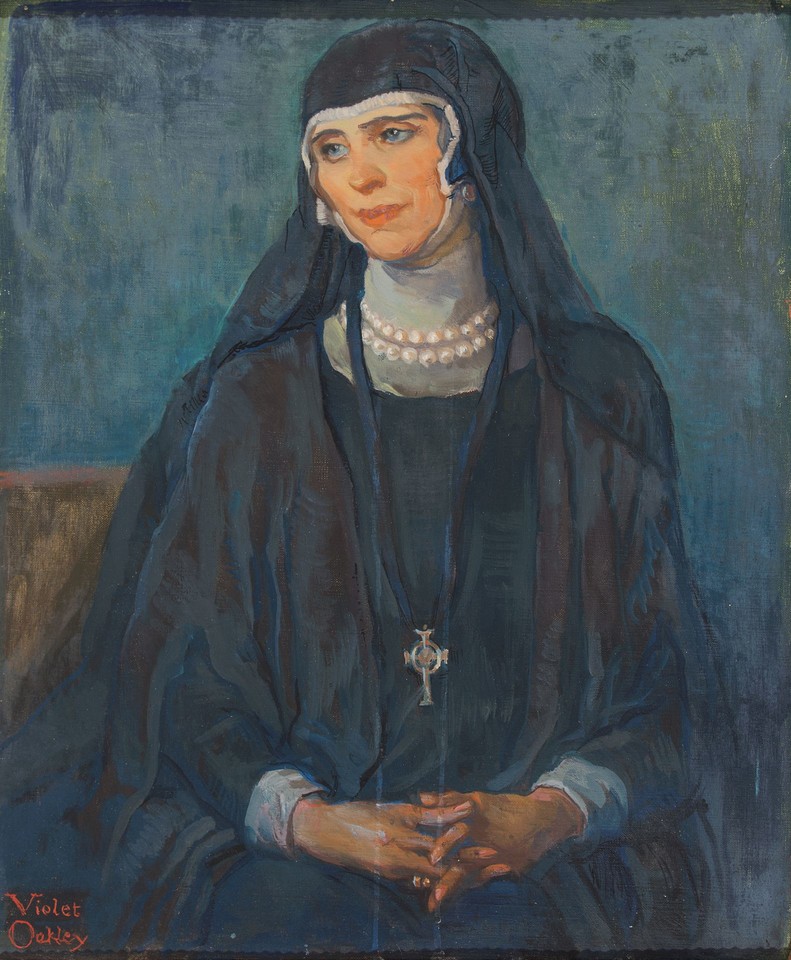
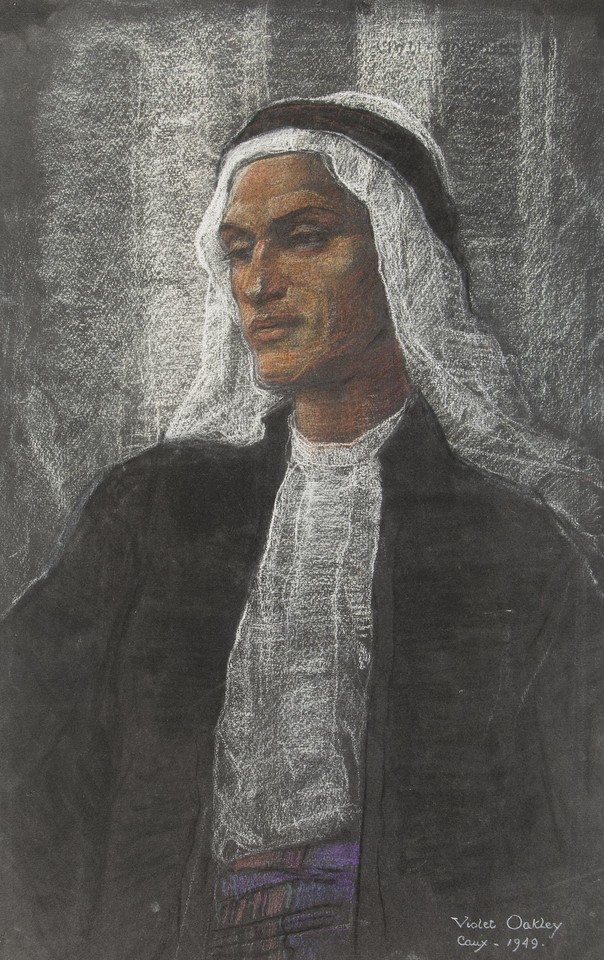
Portrait study of unidentified delegate to the 1949 World Assembly for Moral Re-Armament, Caux, Switzerland
Drawings and Watercolors
View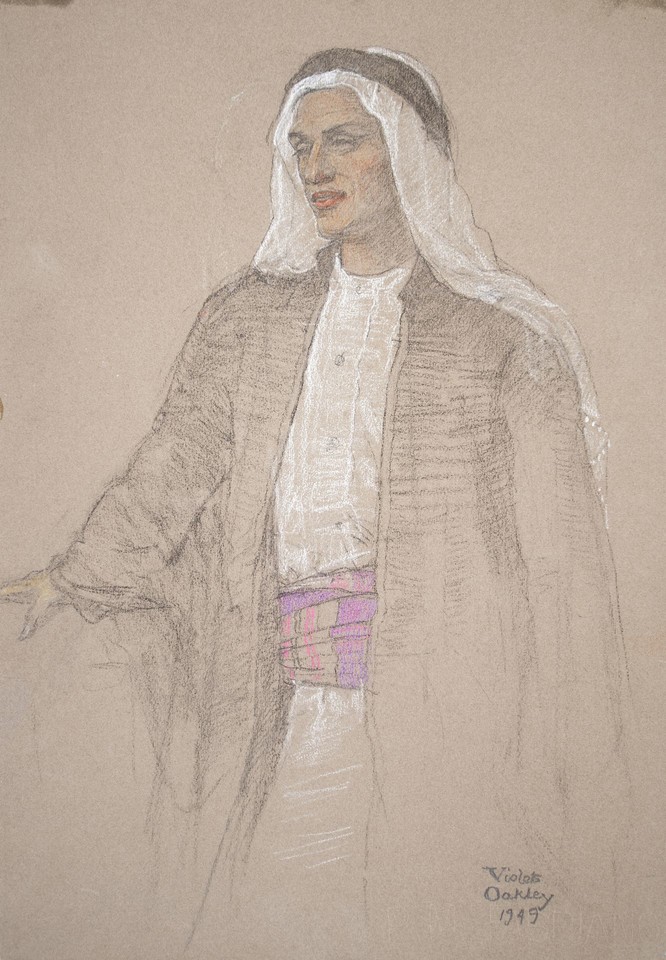
Portrait study of unidentified delegate to the 1949 World Assembly for Moral Re-Armament, Caux, Switzerland
Drawings and Watercolors
View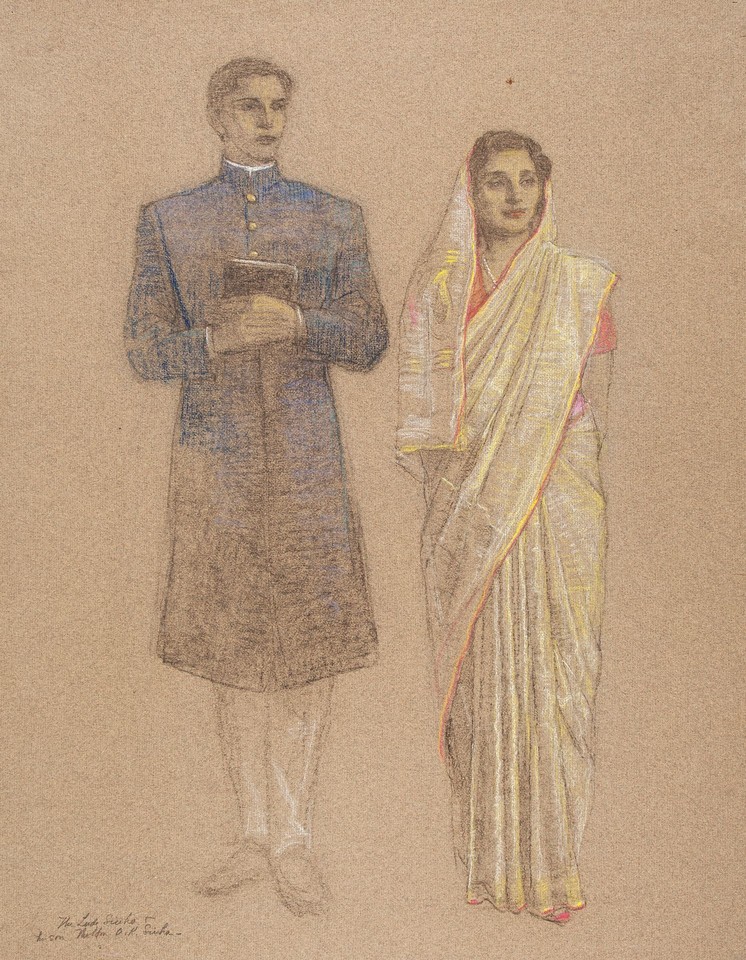
Nirpuama Sinha, Lady Sinha of Raipur [India], and her son Anindo Kumar Sinha, at the 1949 World Assembly for Moral Re-Armament, Caux, Switzerland
Drawings and Watercolors
View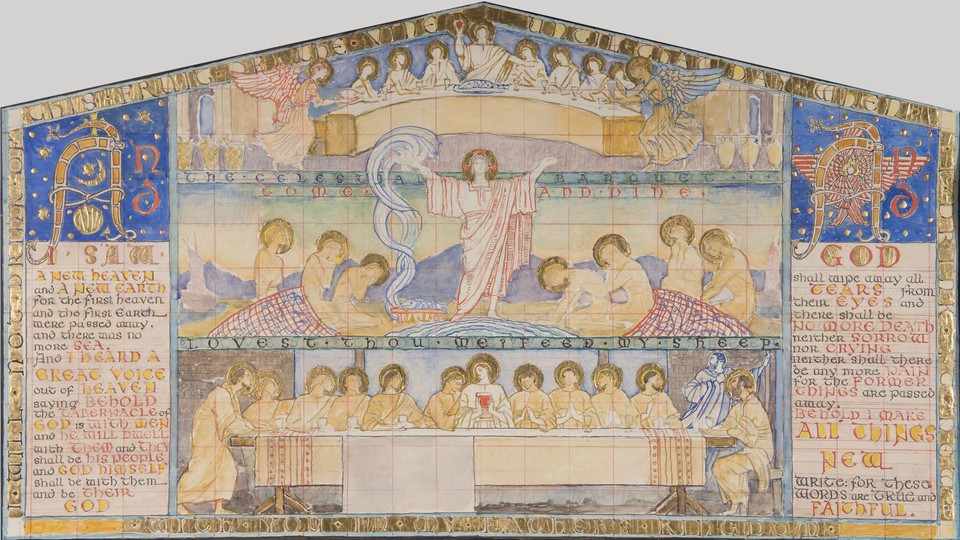
Study for "The Three Communions (The Last Supper, Morning After the Resurrection, Banquet in Heaven)" mural
Murals
View

Portrait study of unidentified woman, at the 1949 World Assembly for Moral Re-Armament, Caux, Switzerland
Drawings and Watercolors
View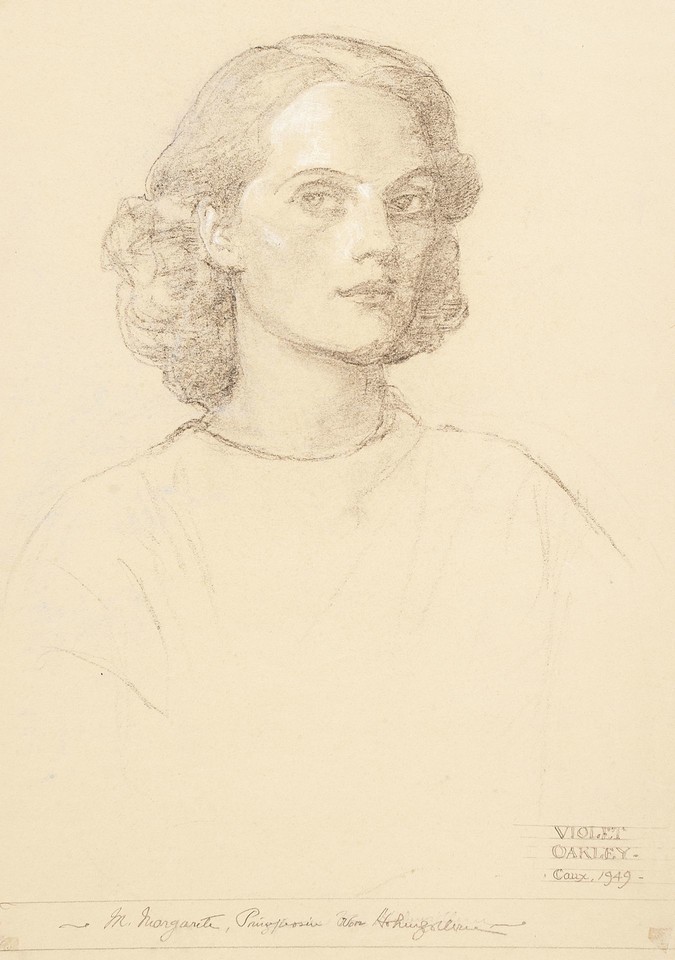
M. Margarite, Prinzessin von Hohenzollern [?], delegate to the 1949 World Assembly for Moral Re-Armament, Caux, Switzerland
Drawings and Watercolors
View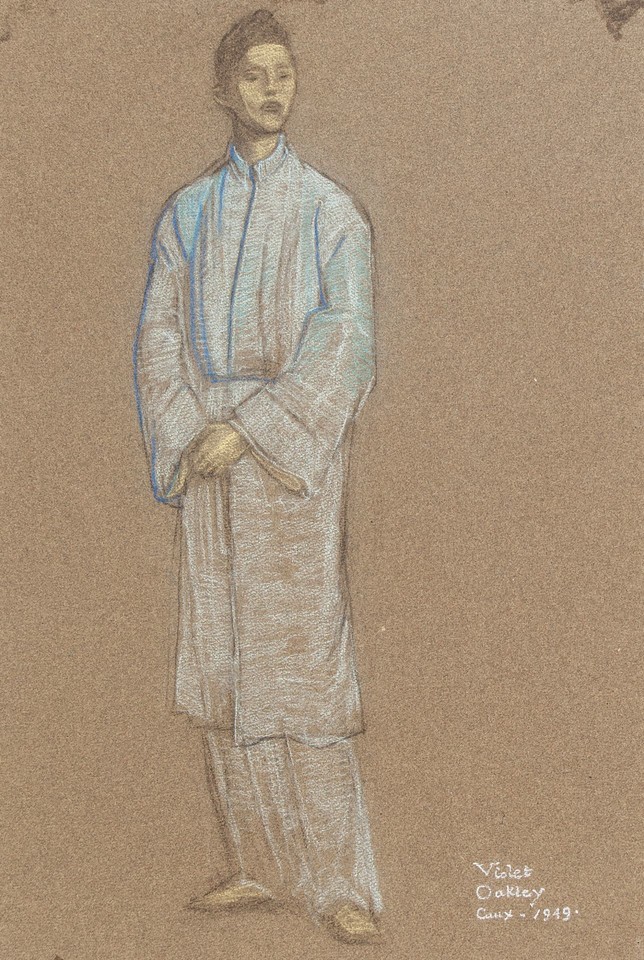
Portrait study of unidentified delegate to the 1949 World Assembly for Moral Re-Armament, Caux, Switzerland
Drawings and Watercolors
View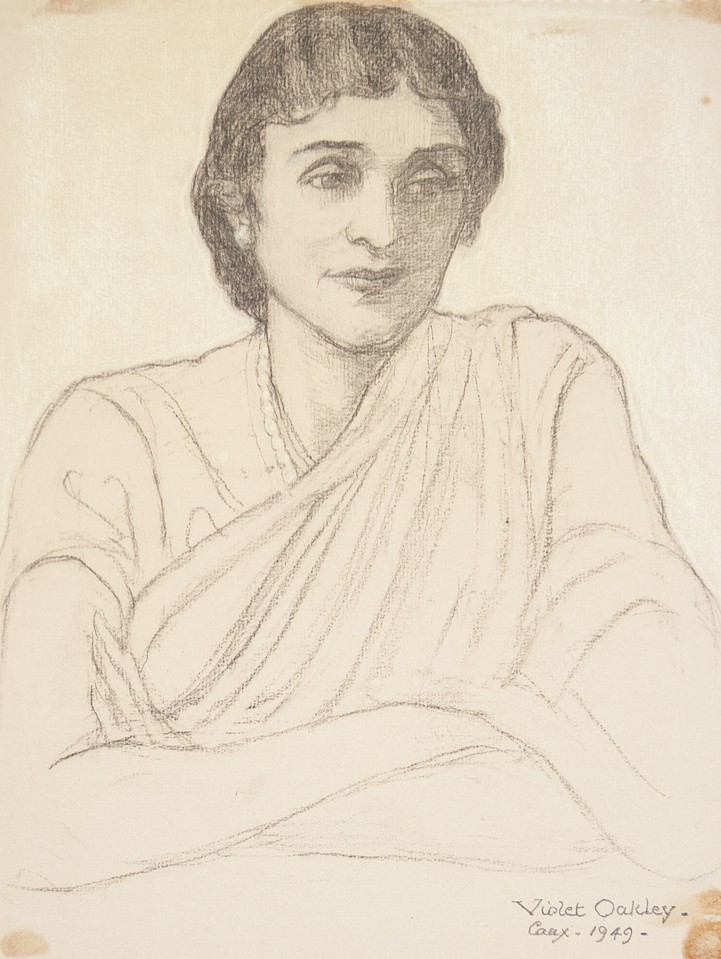
Nirpuama Sinha, Lady Sinha of Raipur, delegate to the 1949 World Assembly for Moral Re-Armament, Caux, Switzerland
Drawings and Watercolors
View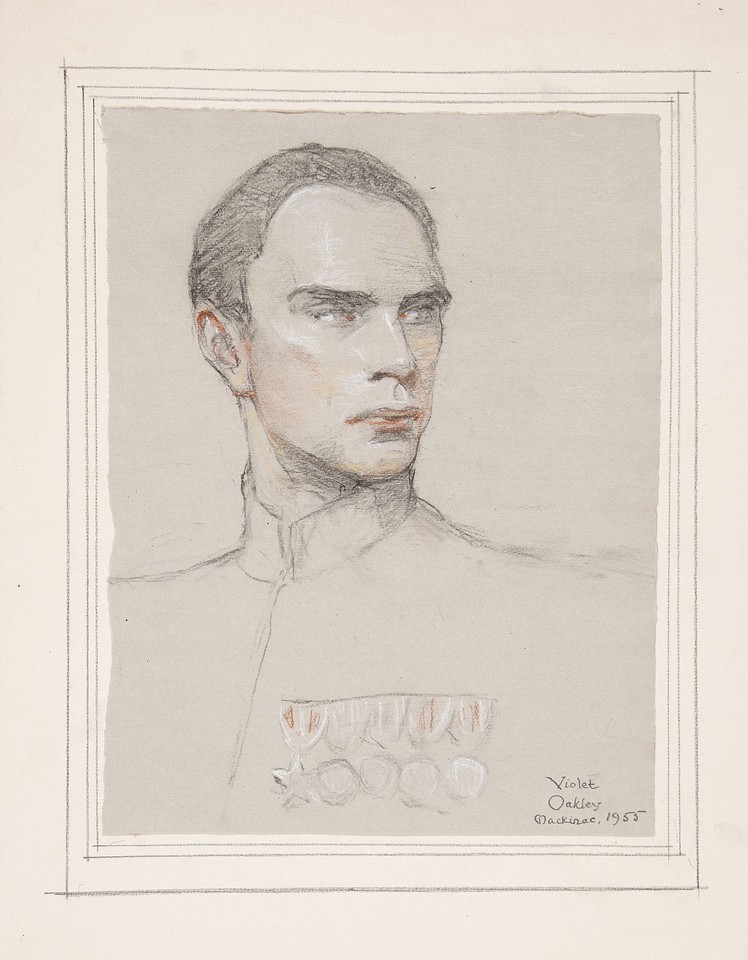
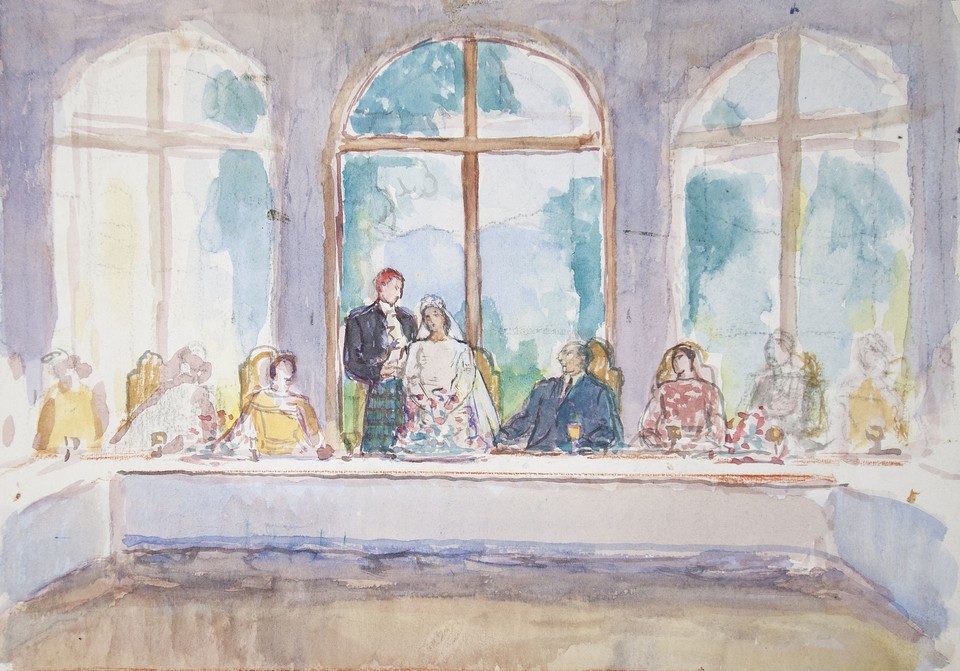
Study of an unidentified couple's wedding reception at the World Assembly for Moral Re-Armament, Caux, Switzerland
Drawings and Watercolors
View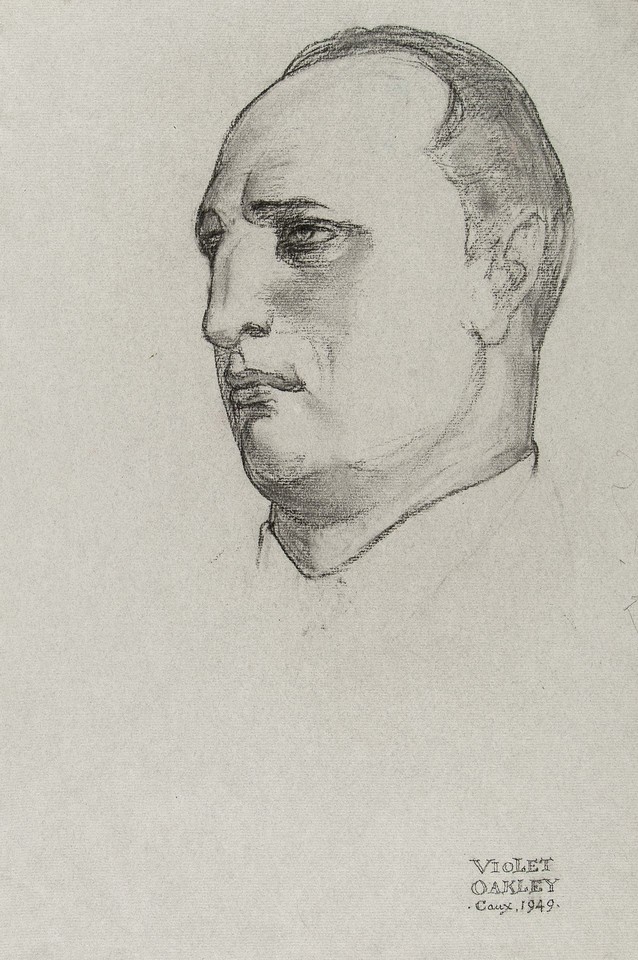
Portrait study of unidentified delegate to the 1949 World Assembly for Moral Re-Armament, Caux, Switzerland
Drawings and Watercolors
View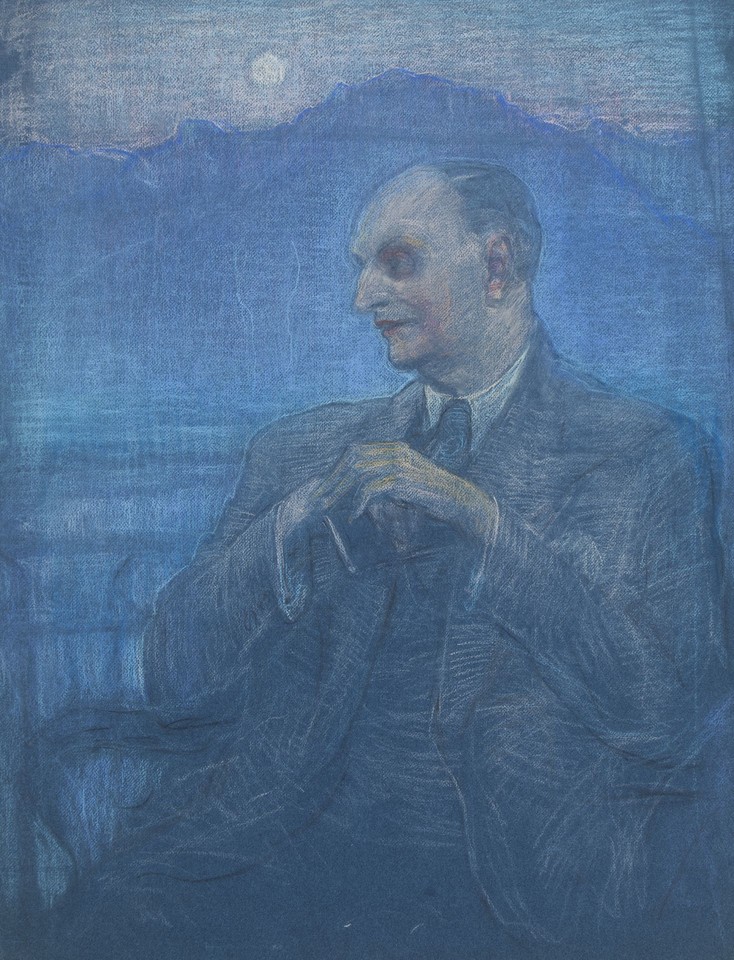
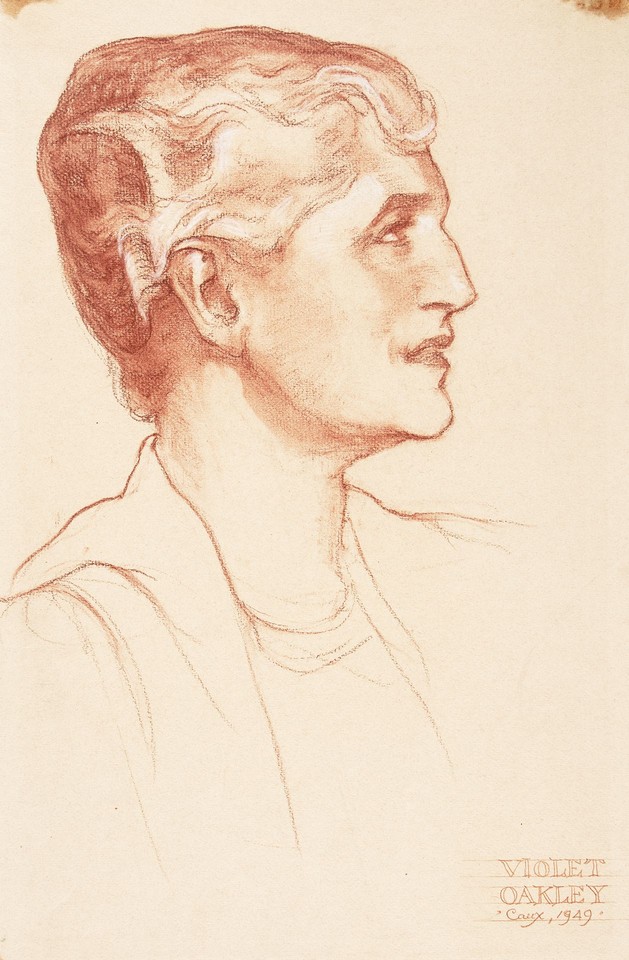
Portrait study of unidentified delegate to the 1949 World Assembly for Moral Re-Armament, Caux, Switzerland
Drawings and Watercolors
View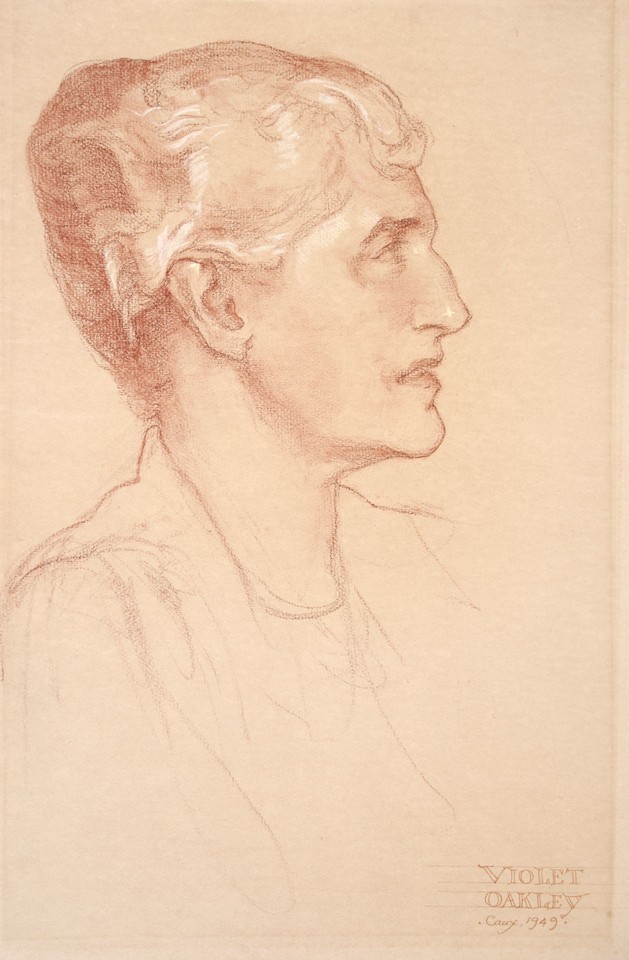
Portrait study of unidentified delegate to the 1949 World Assembly for Moral Re-Armament, Caux, Switzerland
Drawings and Watercolors
View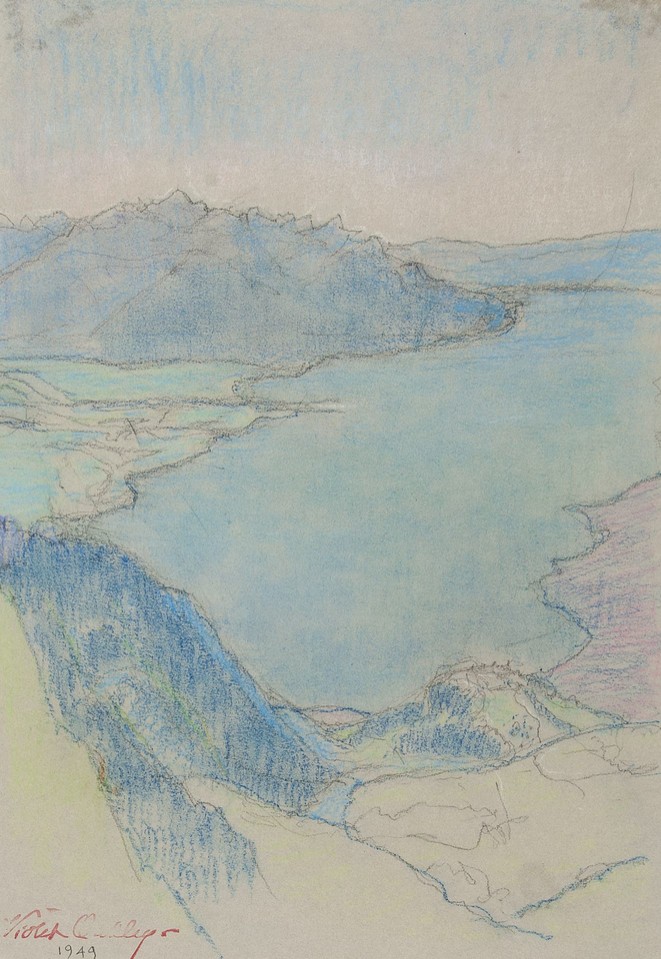
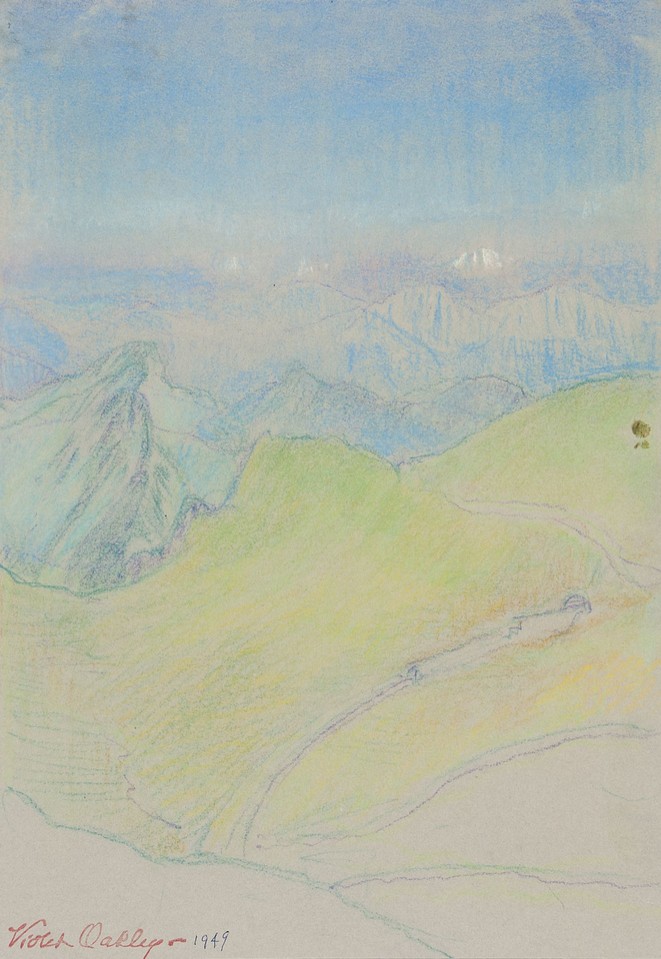
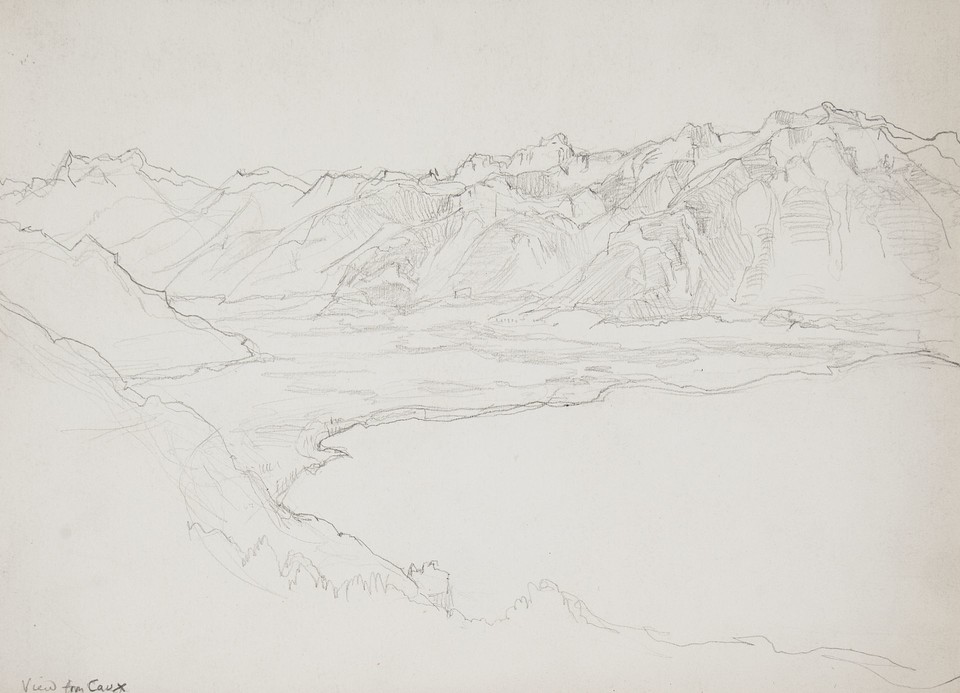
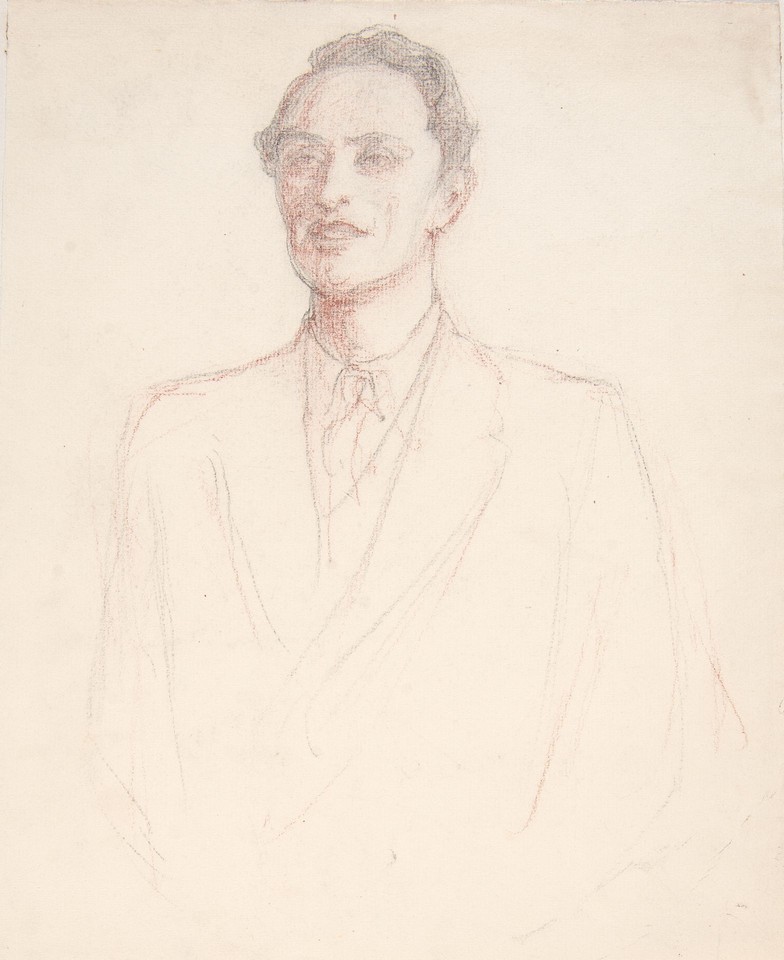
Portrait study of unidentified delegate to the 1949 World Assembly for Moral Re-Armament, Caux, Switzerland
Drawings and Watercolors
View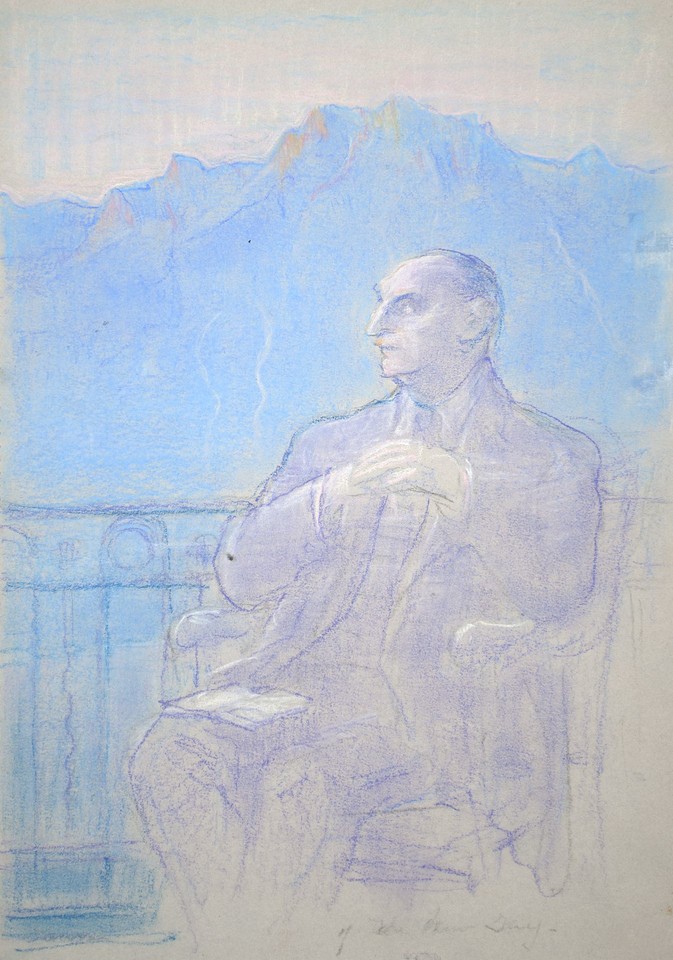
Portrait study of Frank Buchman seated outdoors against a background of mountains, at the 1949 World Assembly for Moral Re-Armament, Caux, Switzerland
Drawings and Watercolors
View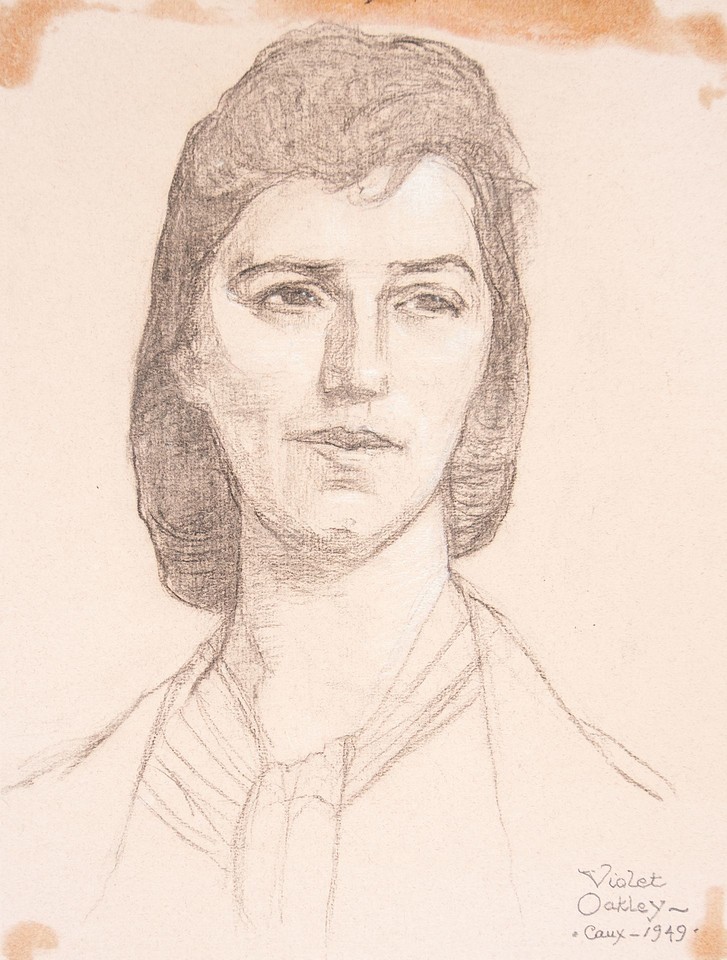
Portrait study of woman (Mrs. August Menzing?), at the 1949 World Assembly for Moral Re-Armament, Caux, Switzerland
Drawings and Watercolors
View
Portrait study of Frank Buchman, founder, Moral Re-Armanent, at the 1949 World Assembly, Caux, Switzerland
Drawings and Watercolors
View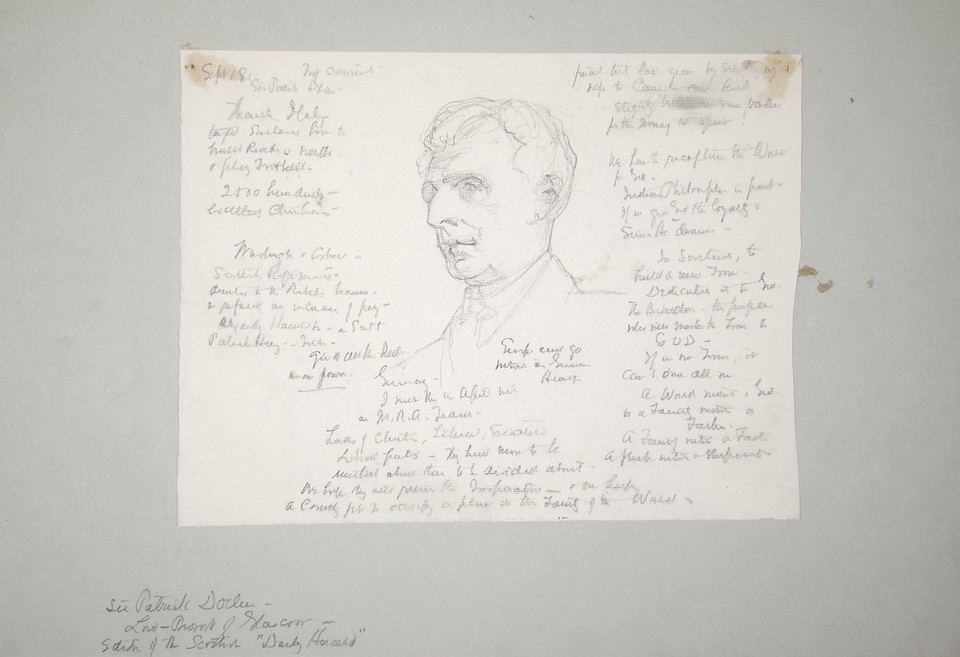
Portrait head study of Sir Patrick Dollan, Lord Provost of Glasgow and editor of the Scottish "Daily Herald," at the 1949 World Assembly for Moral Re-Armament, Caux, Switzerland
Drawings and Watercolors
View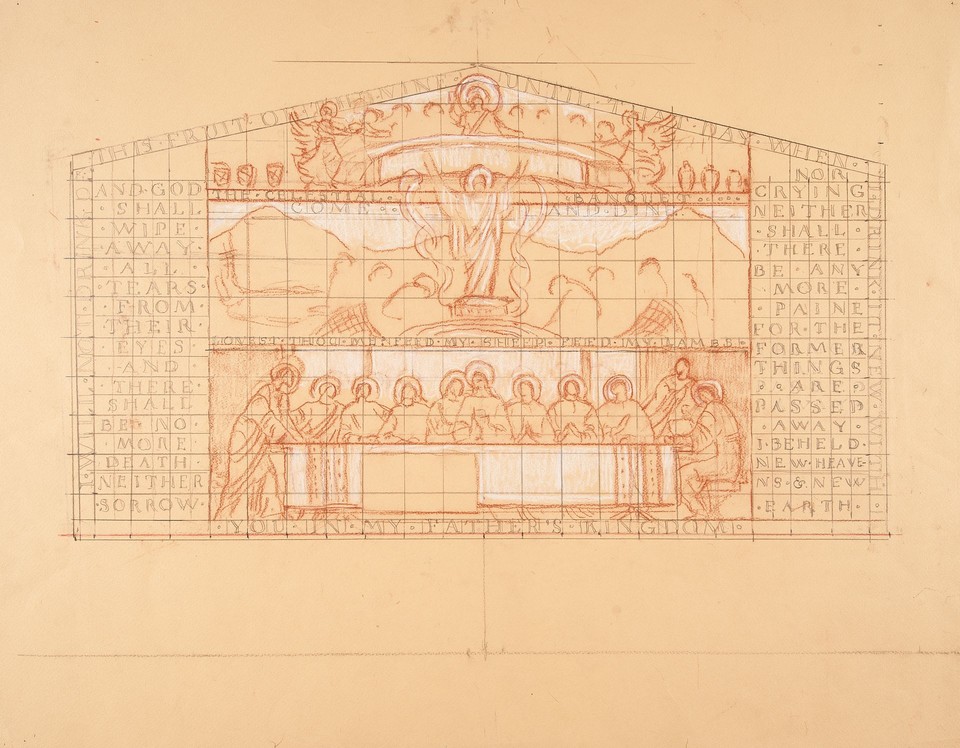
Composition study for "The Three Communions (The Last Supper, Morning After the Resurrection, Banquet in Heaven)" mural
Murals
View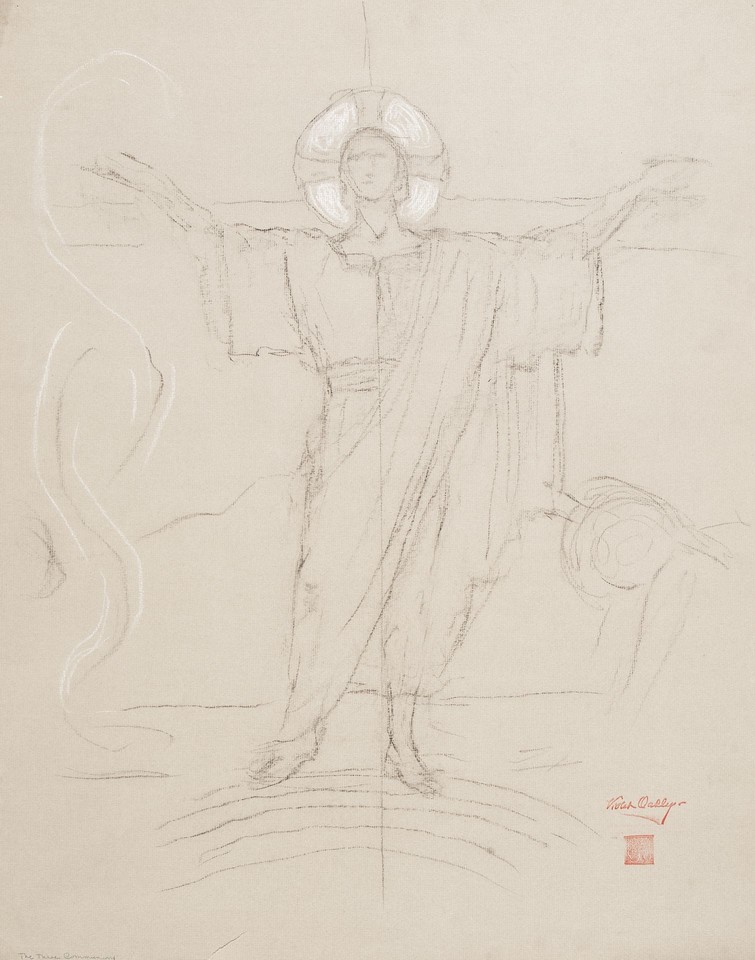
Study for Christ, "The Three Communions (The Last Supper, Morning After the Resurrection, Banquet in Heaven)" mural
Murals
View
Composition study for "The Three Communions (The Last Supper, Morning After the Resurrection, Banquet in Heaven)" mural
Murals
View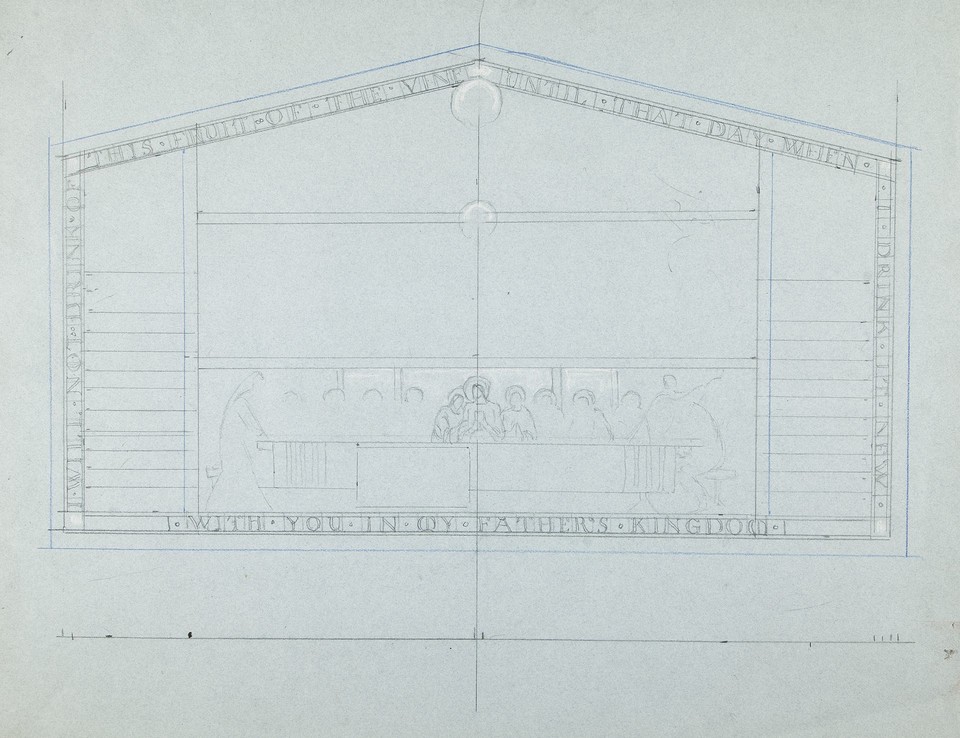
Study for "The Three Communions (The Last Supper, Morning After the Resurrection, Banquet in Heaven)" mural
Murals
View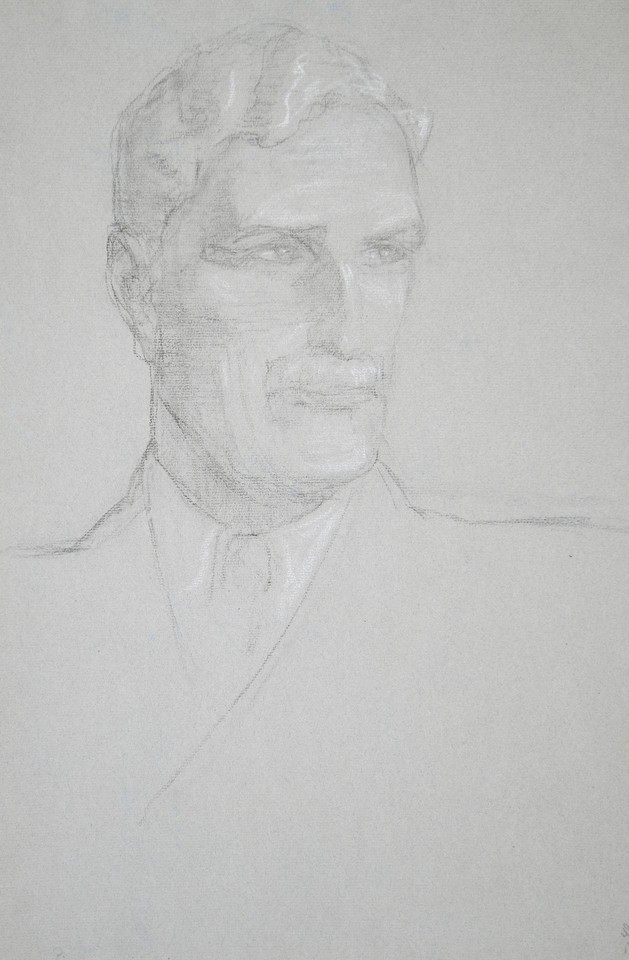
Portrait study of Bernard Hallward, President of the St. Raymond Paper Company, Canada [and active in the Moral Re-Armament]
Drawings and Watercolors
View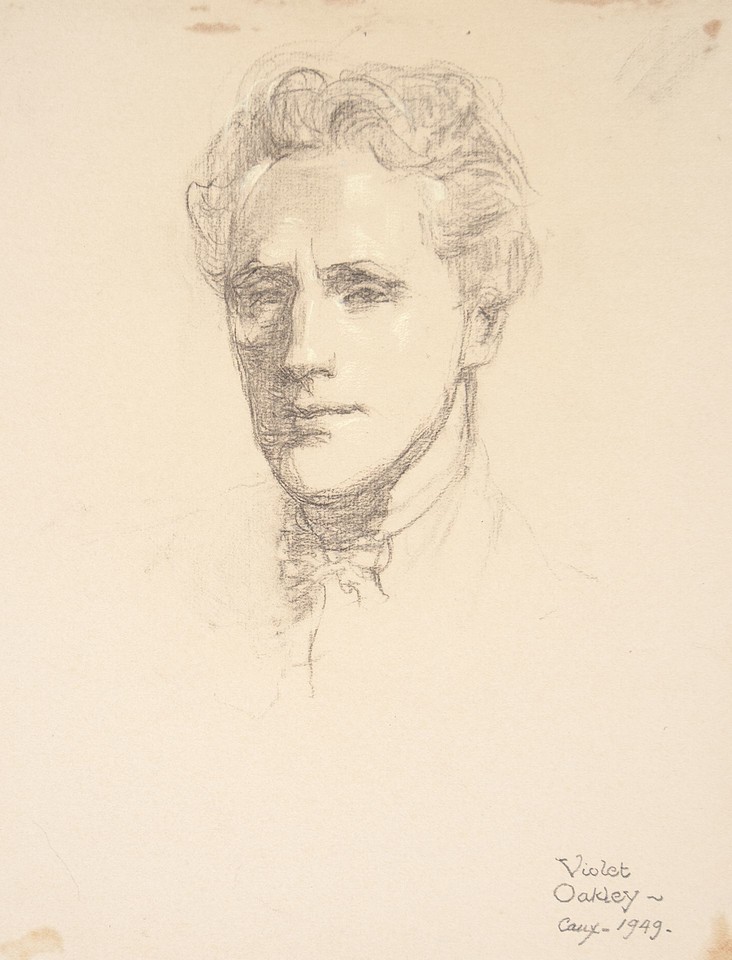
Hedbloom, sculptor from Sweden (possibly Gustav Adolf Hedblom?), at the 1949 World Assembly for Moral Re-Armament, Caux, Switzerland
Drawings and Watercolors
View
Portrait study of unidentified delegate to the 1949 World Assembly for Moral Re-Armament, Caux, Switzerland
Drawings and Watercolors
View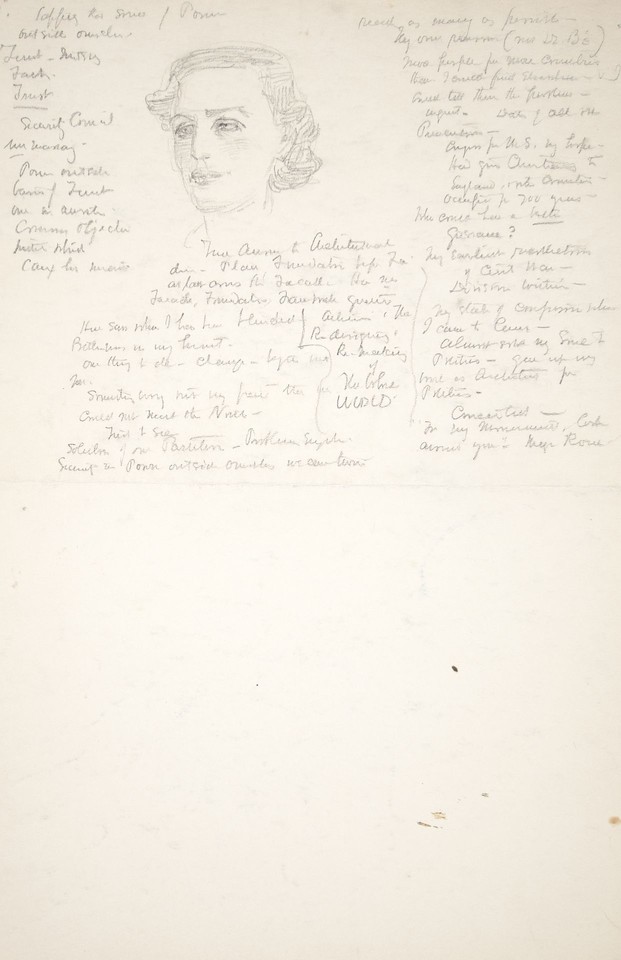
Portrait head study of unidentified woman, at the 1949 World Assembly for Moral Re-Armament, Caux, Switzerland
Drawings and Watercolors
View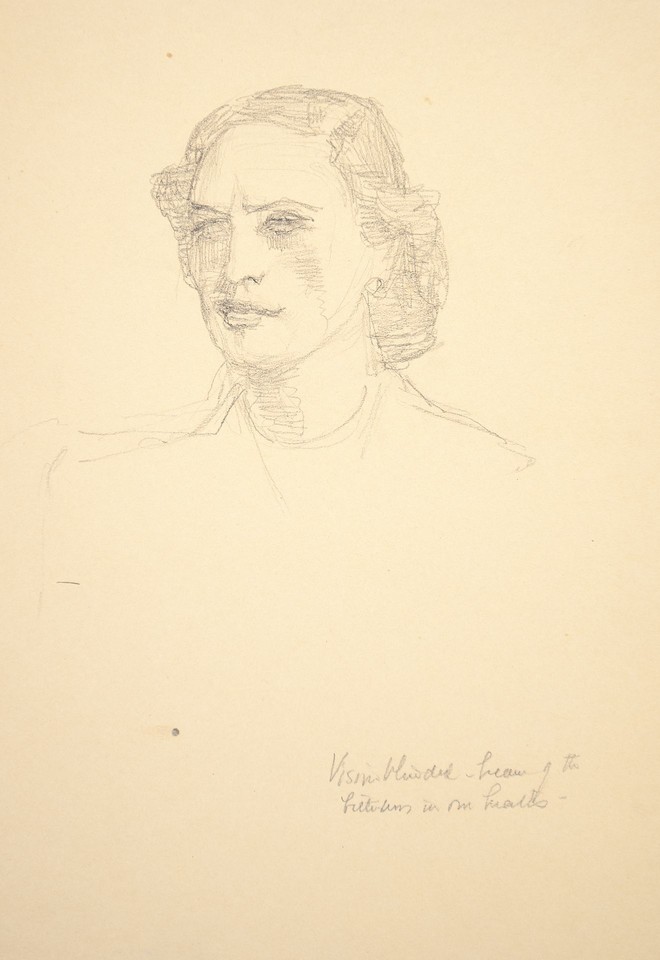
Portrait study of unidentified delegate to the 1949 World Assembly for Moral Re-Armament, Caux, Switzerland
Drawings and Watercolors
View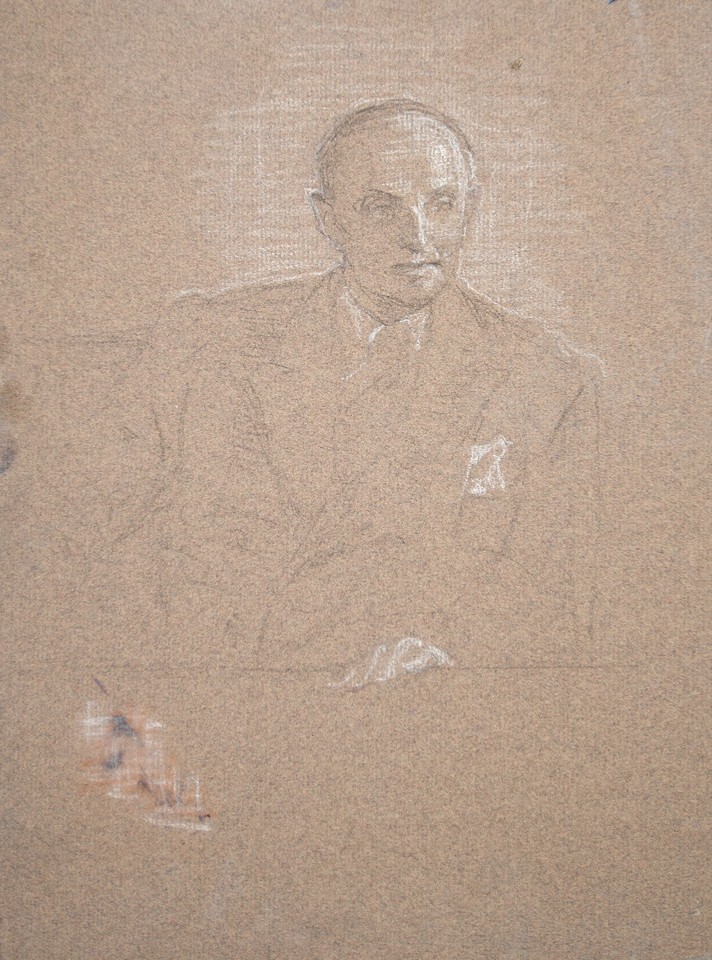
Portrait study of Frank Buchman, founder, Moral Re-Armanent, at the 1949 World Assembly, Caux, Switzerland
Drawings and Watercolors
View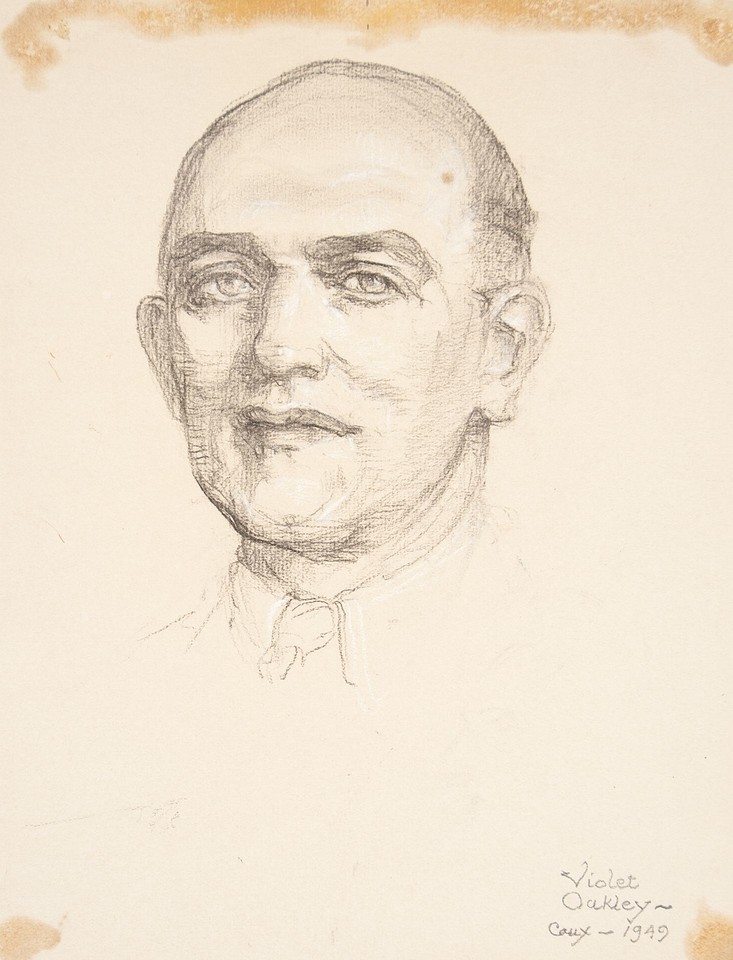
Portait study of August Menzing [?], at the 1949 World Assembly for Moral Re-Armament, Caux, Switzerland
Drawings and Watercolors
View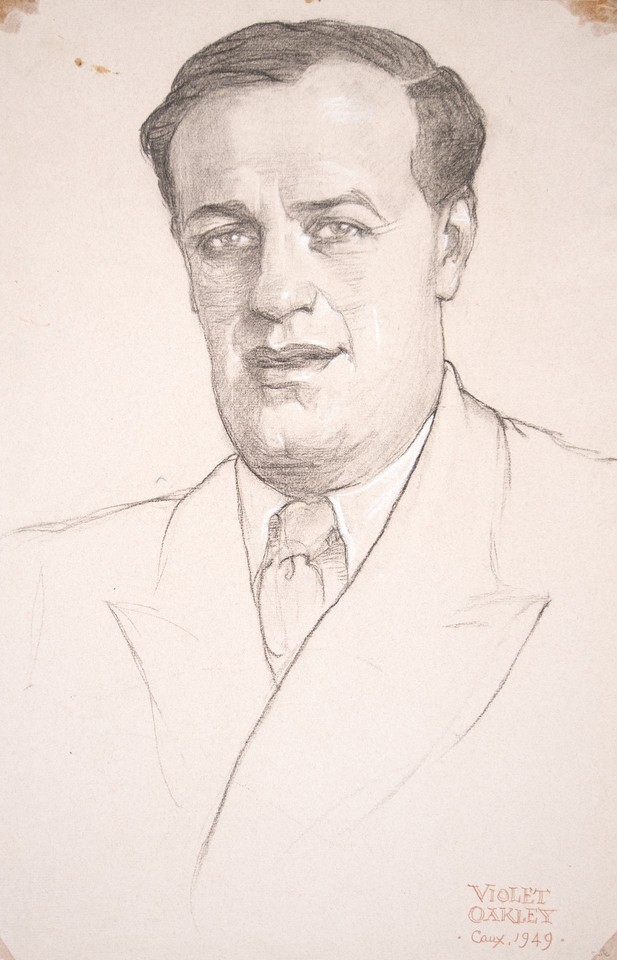
Portrait of unidentifed man, at the 1949 World Assembly for Moral Re-Armament, Caux, Switzerland
Drawings and Watercolors
View
Sir Patrick Dollan, Lord Provost of Glasgow, at the 1949 World Assembly for Moral Re-Armament, Caux, Switzerland
Drawings and Watercolors
View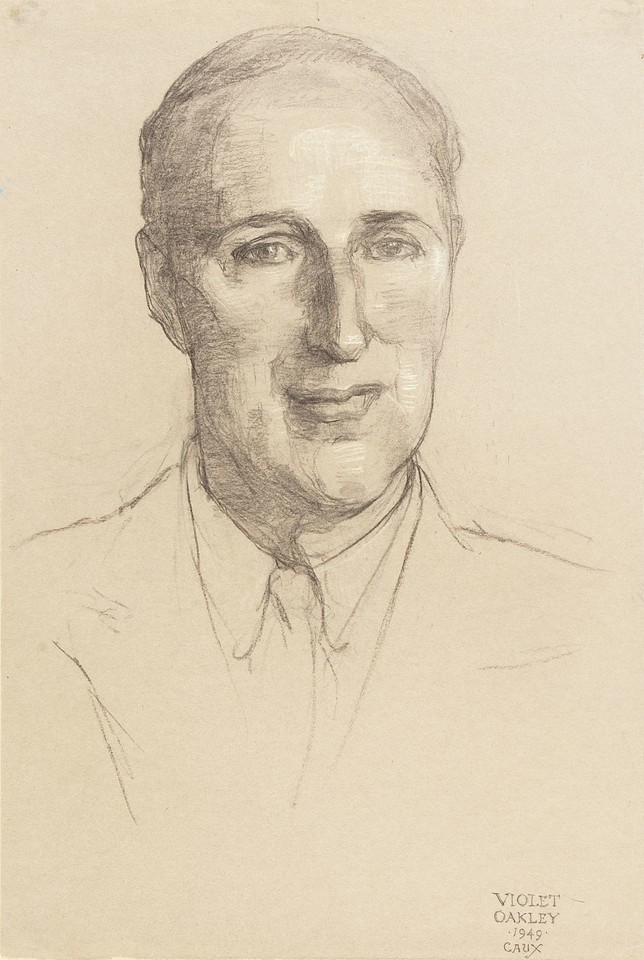
Rear Admiral Sir Edward Cochrane, at the 1949 World Assembly for Moral Re-Armament, Caux, Switzerland
Drawings and Watercolors
View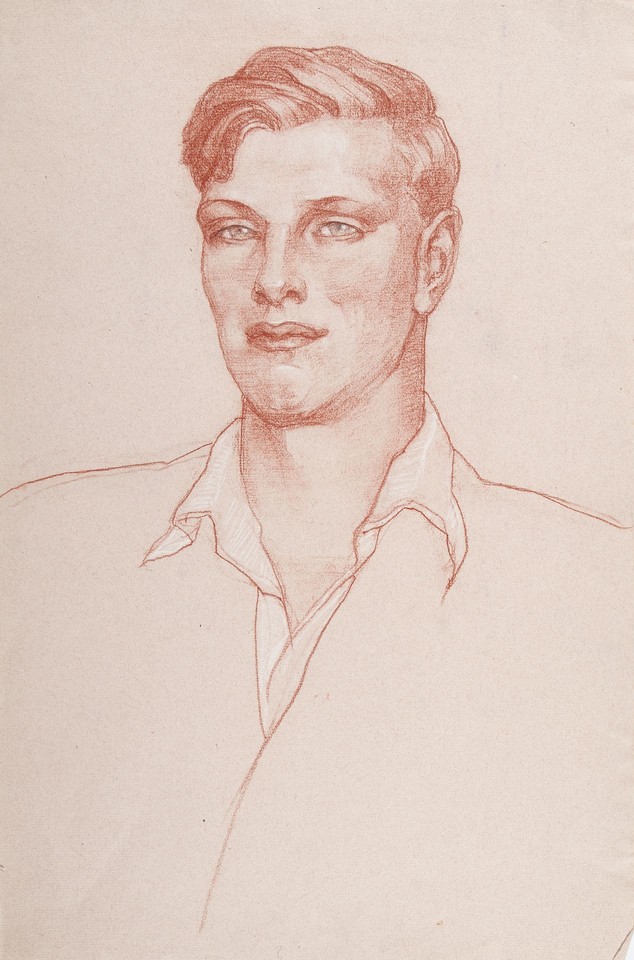
Portrait study of an unidentified young man, at the 1949 World Assembly for Moral Re-Armament, Caux, Switzerland
Drawings and Watercolors
View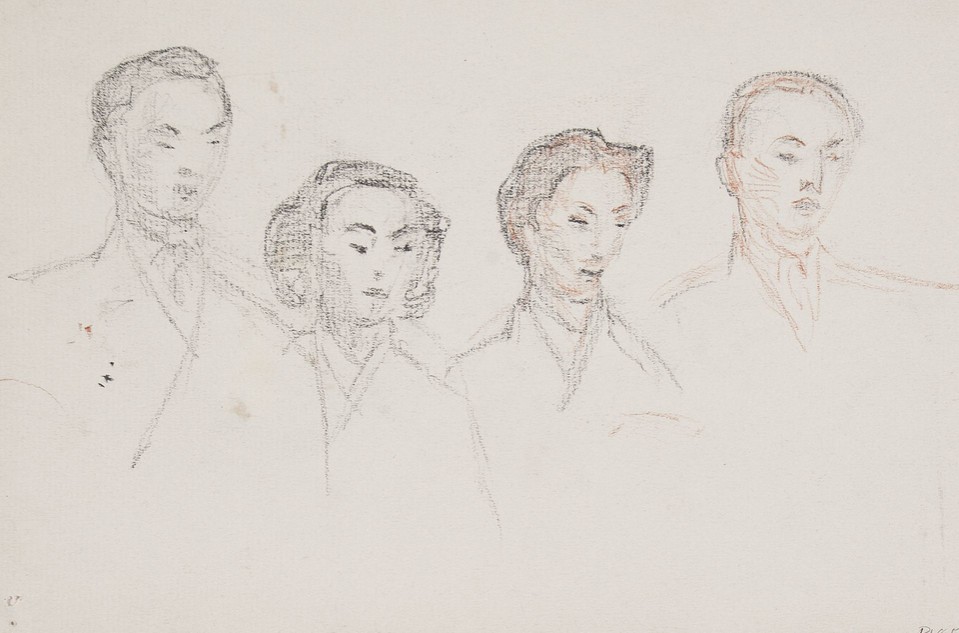
Unidentified group portrait study of two women and two men, at the 1949 World Assembly for Moral Re-Armament, Caux, Switzerland
Drawings and Watercolors
View
Portrait study of unidentified man and woman, at the 1949 World Assembly for Moral Re-Armament, Caux, Switzerland
Drawings and Watercolors
View
Portrait study of unidentified delegate to the 1949 World Assembly for Moral Re-Armament, Caux, Switzerland
Drawings and Watercolors
View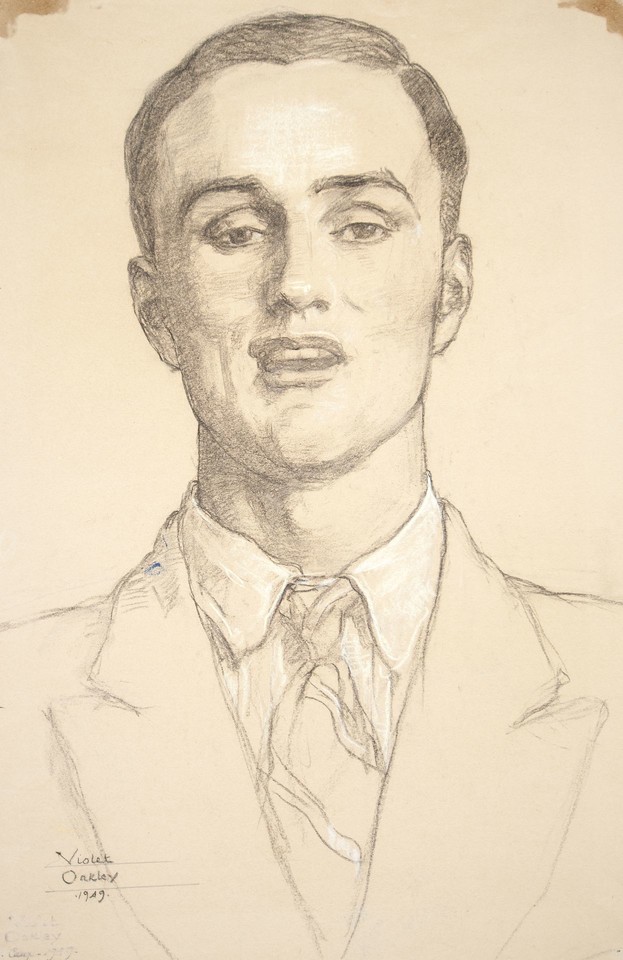
Frank McGee, at the 1949 World Assembly for Moral Re-Armament, Caux, Switzerland
Drawings and Watercolors
View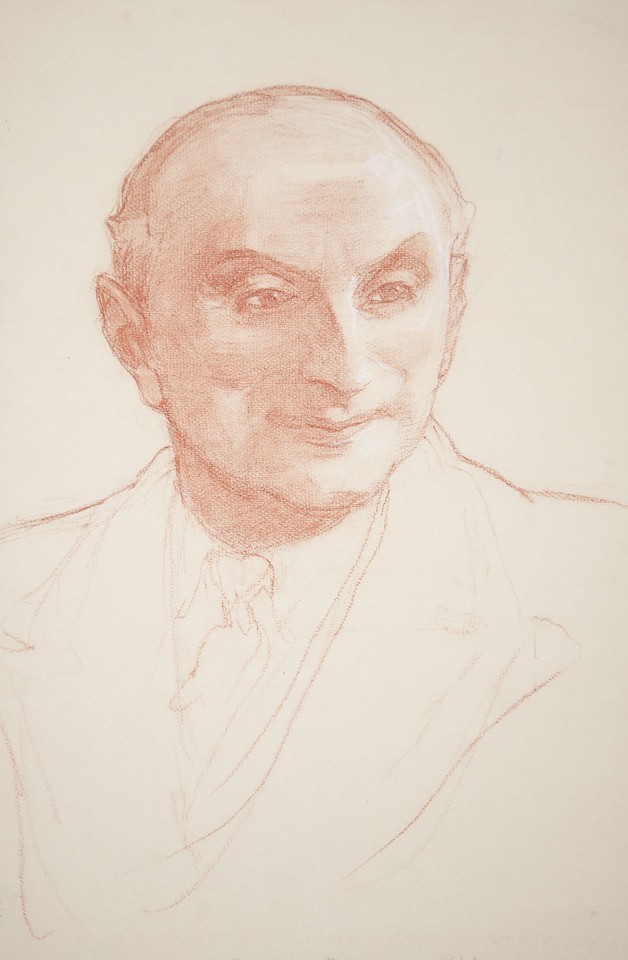
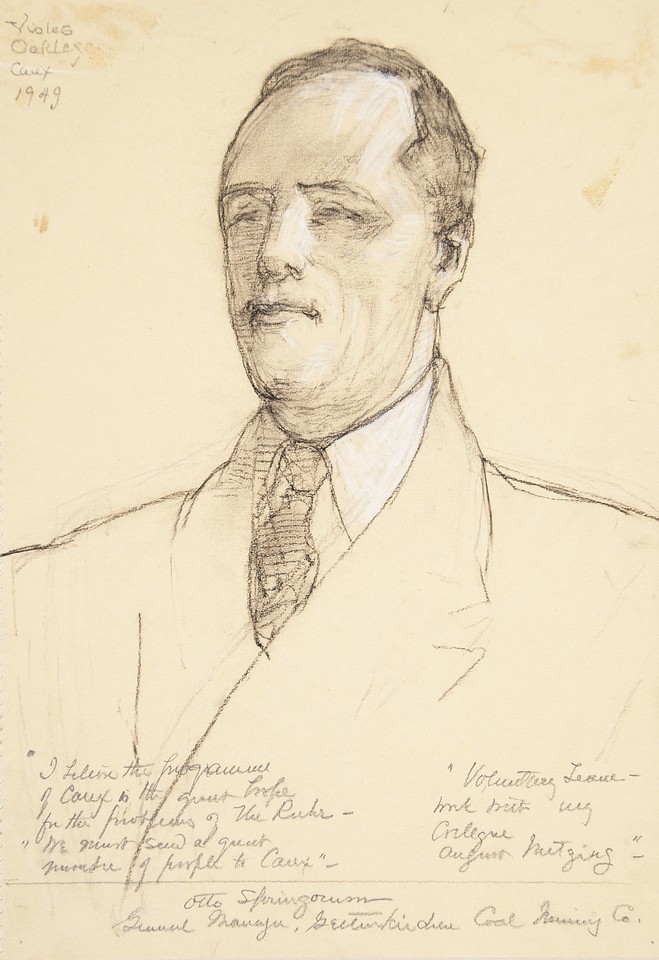
Otto Springorum, General Manager of the Gelsenkirchen Coal Mining Company, Germany, delegate to the 1949 Moral-Rearmament Assembly, Caux, Switzerland)
Drawings and Watercolors
View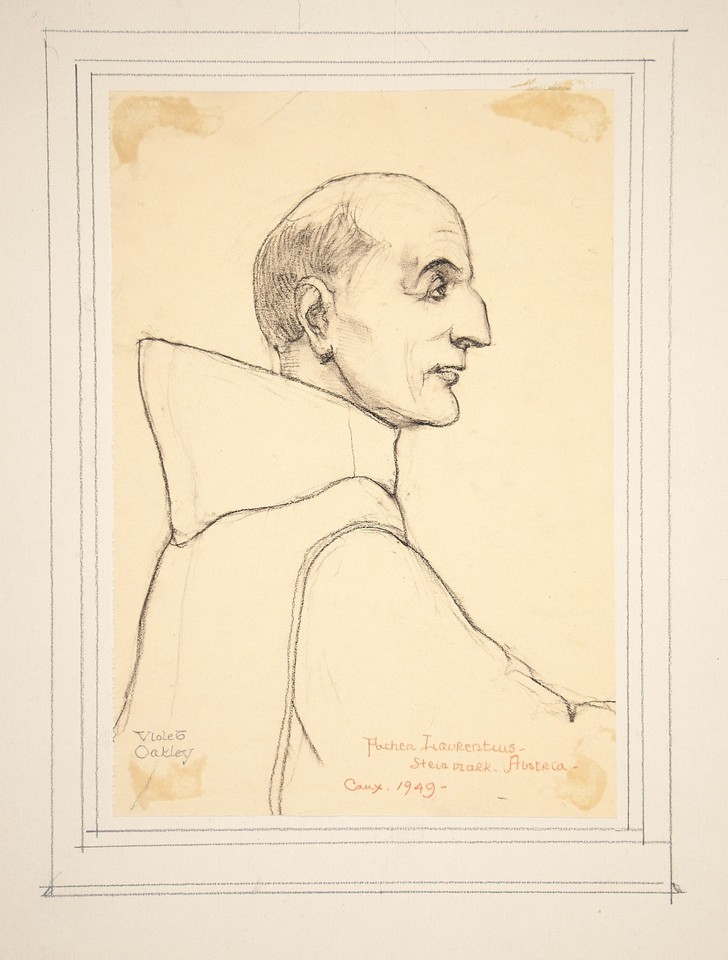
Father Laurentius, at the 1949 World Assembly for Moral Re-Armament, Caux, Switzerland
Drawings and Watercolors
View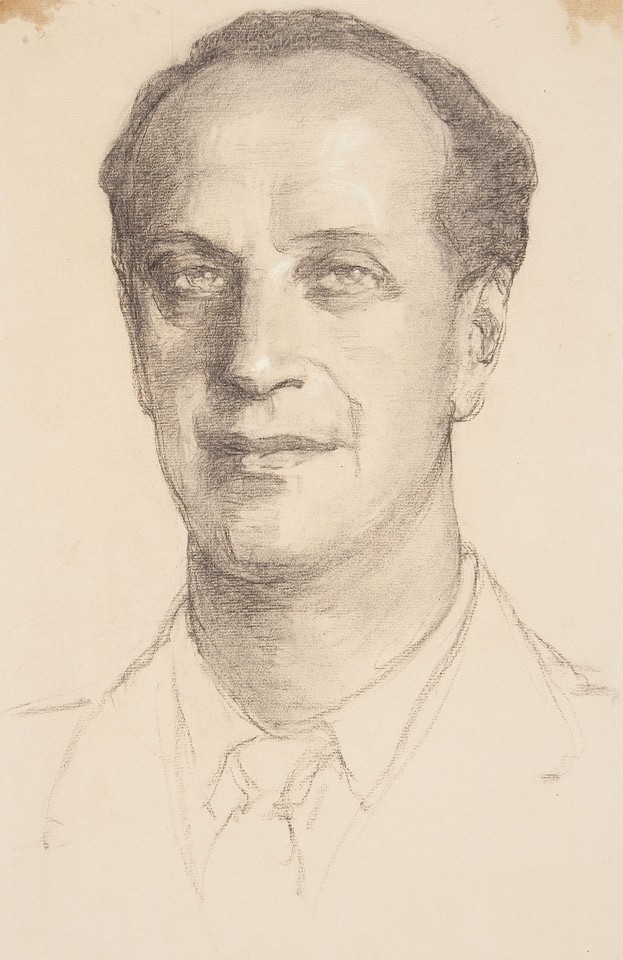
Portrait study of Prof. Theophil Spoerri, at the 1949 World Assembly for Moral Re-Armament, Caux, Switzerland
Drawings and Watercolors
View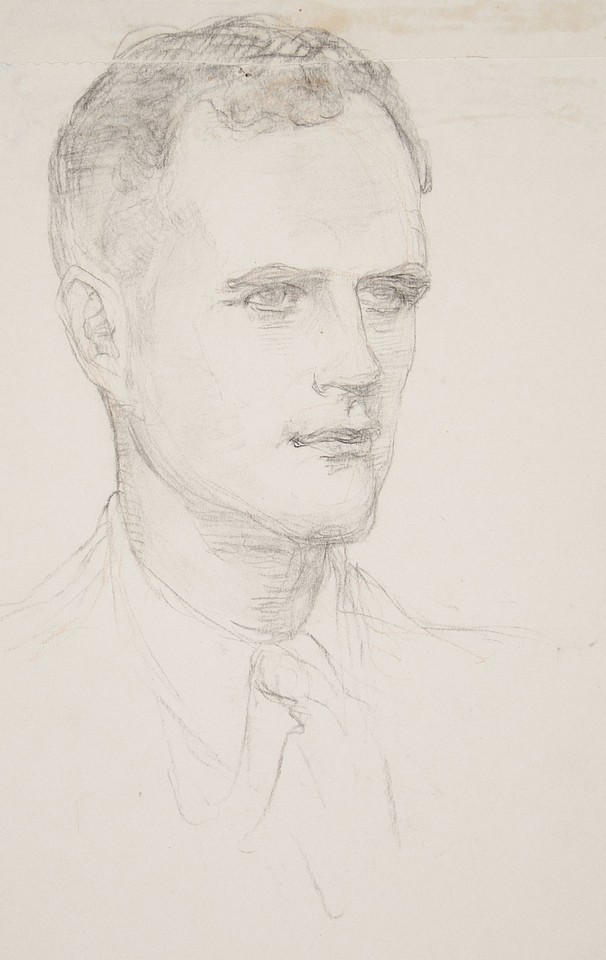
Portrait study of Stuart Smith, at the 1949 World Assembly for Moral Re-Armament, Caux, Switzerland
Drawings and Watercolors
View
Portrait study of unidentified man (possibly an associate of Frank Buchman), possibly at the 1949 World Assembly for Moral Re-Armament, Caux, Switzerland
Drawings and Watercolors
View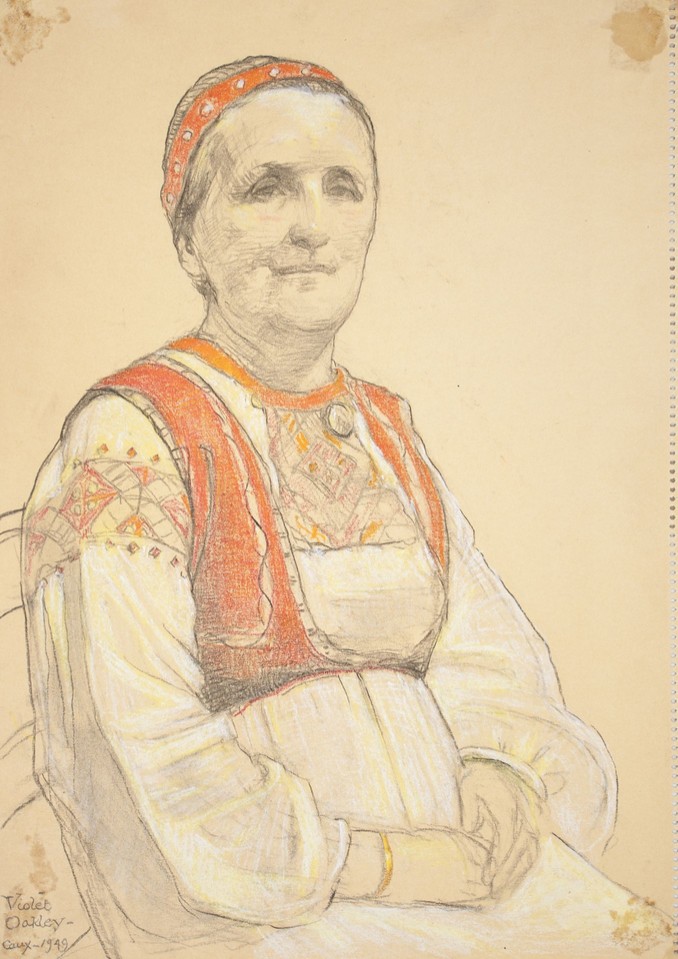
Portrait study of unidentified delegate to the 1949 World Assembly for Moral Re-Armament, Caux, Switzerland
Drawings and Watercolors
View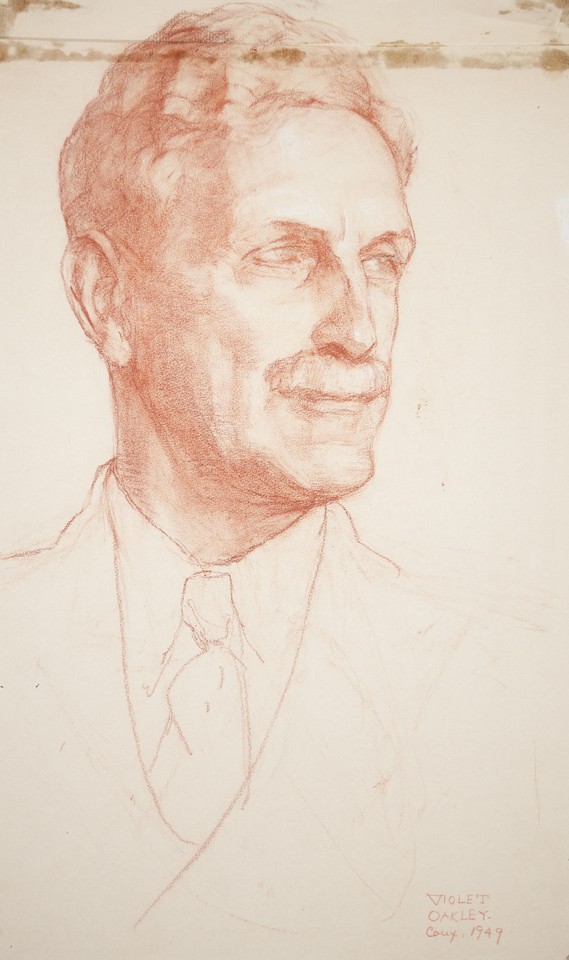
Portrait study of Bernard Hallward, President of the St. Raymond Paper Company, Canada, at the 1949 World Assembly for Moral Re-Armament, Caux, Switzerland
Drawings and Watercolors
View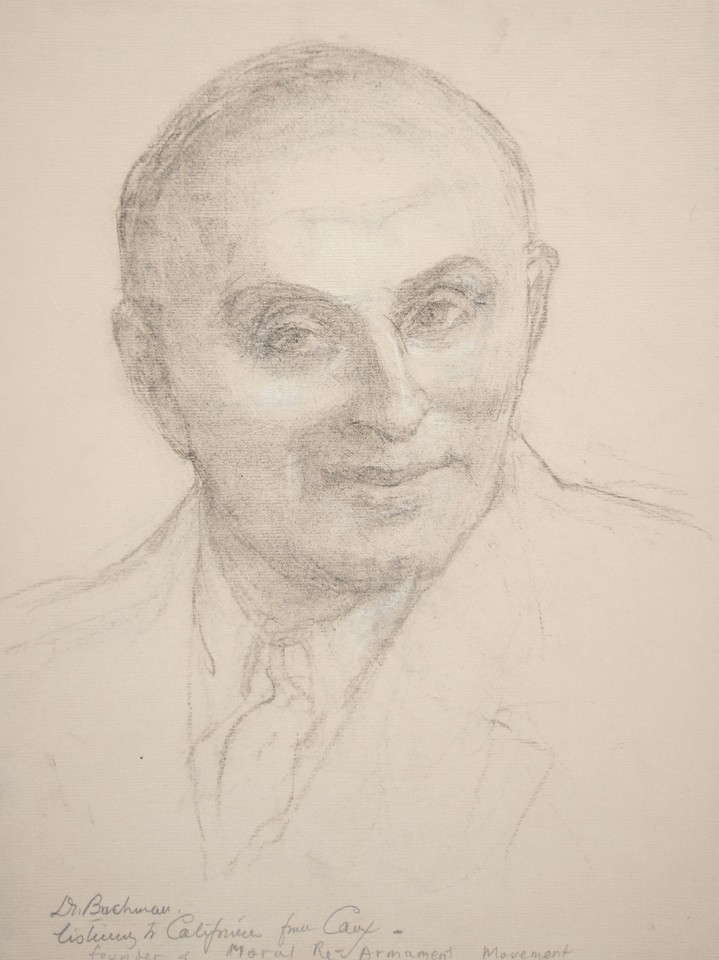
Portrait study of Frank Buchman, founder, Moral Re-Armanent, at the 1949 World Assembly, Caux, Switzerland
Drawings and Watercolors
View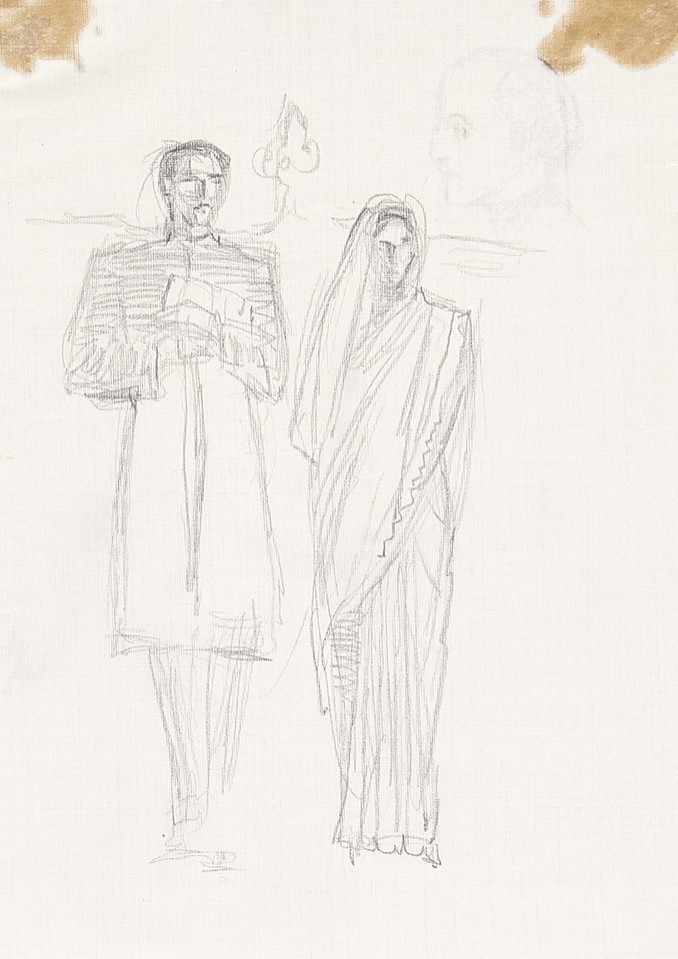
Portrait study of Nirpuama Sinha, Lady Sinha of Raipur [India] and her son Anindo Kumar Sinha, at the 1949 World Assembly for Moral Re-Armament, Caux, Switzerland
Drawings and Watercolors
View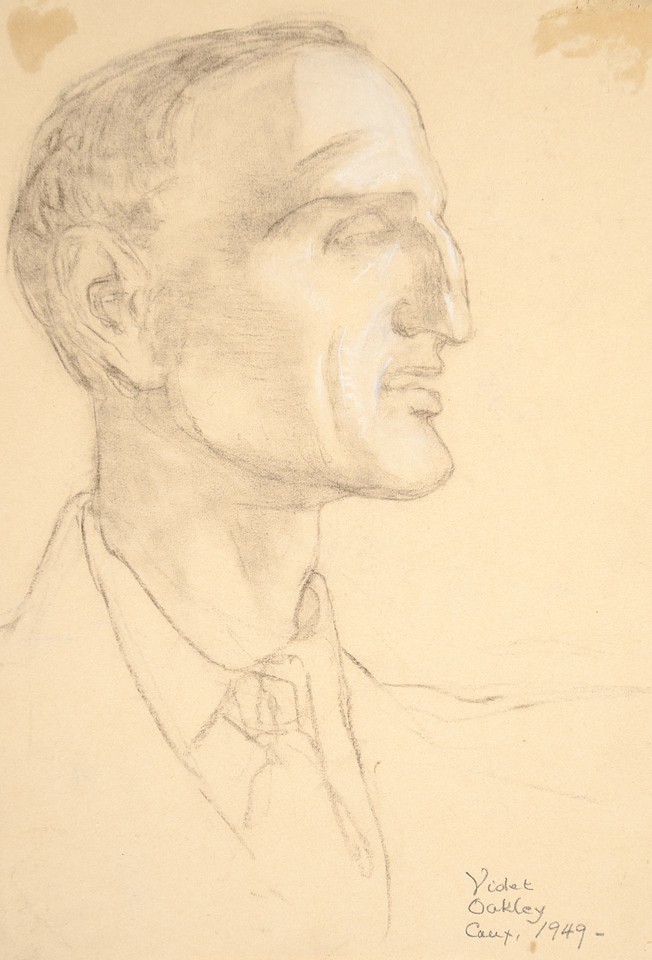
Portrait study of unidentified man (a miner from the Ruhr), at the 1949 World Assembly for Moral Re-Armament, Caux, Switzerland
Drawings and Watercolors
View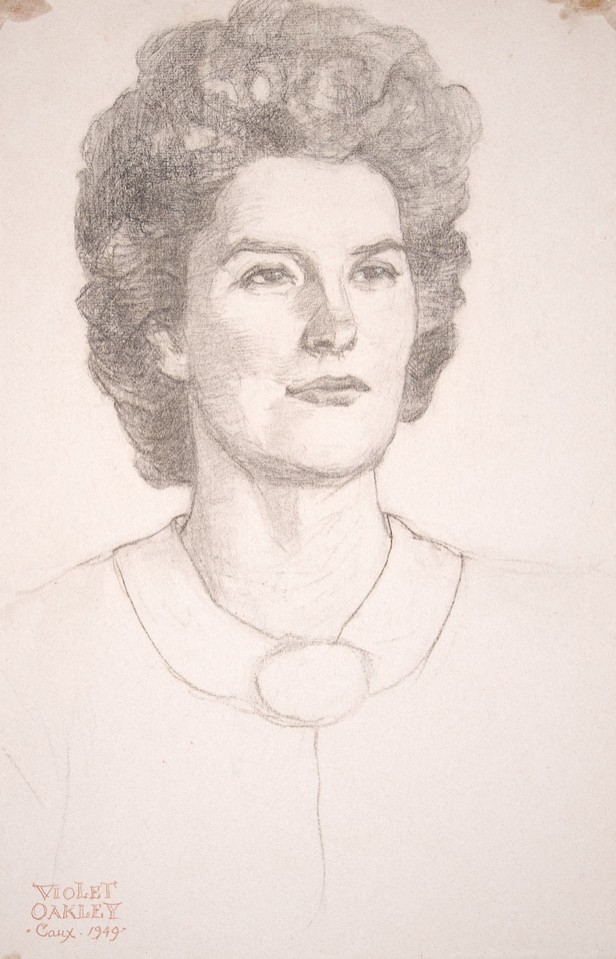
Portrait study of unidentified delegate to the 1949 World Assembly for Moral Re-Armament, Caux, Switzerland
Drawings and Watercolors
View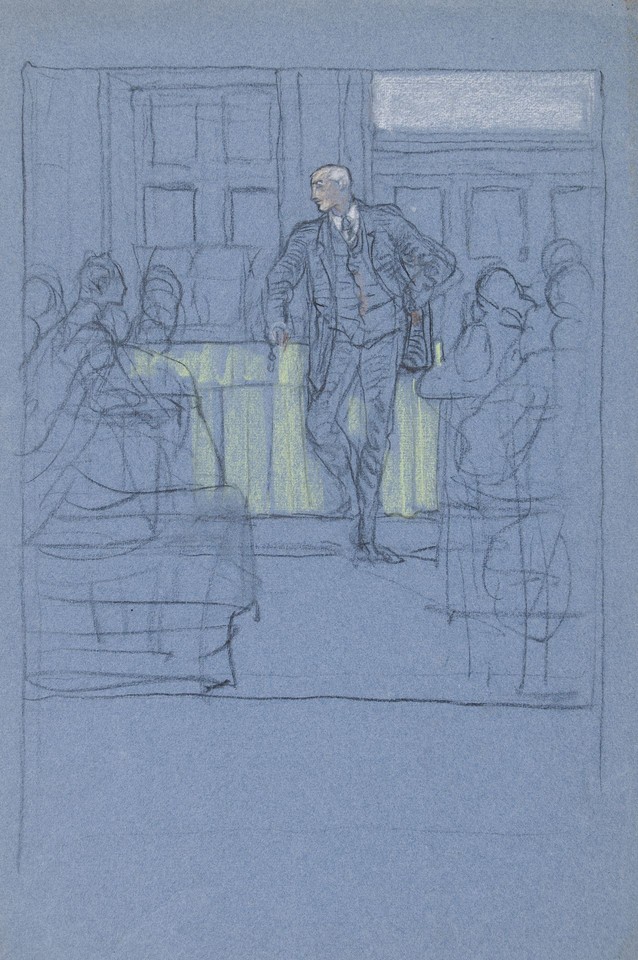
Unidentified study of man standing in front of seated crowd (possibly League of Nations or Moral Re-Armament)
Drawings and Watercolors
View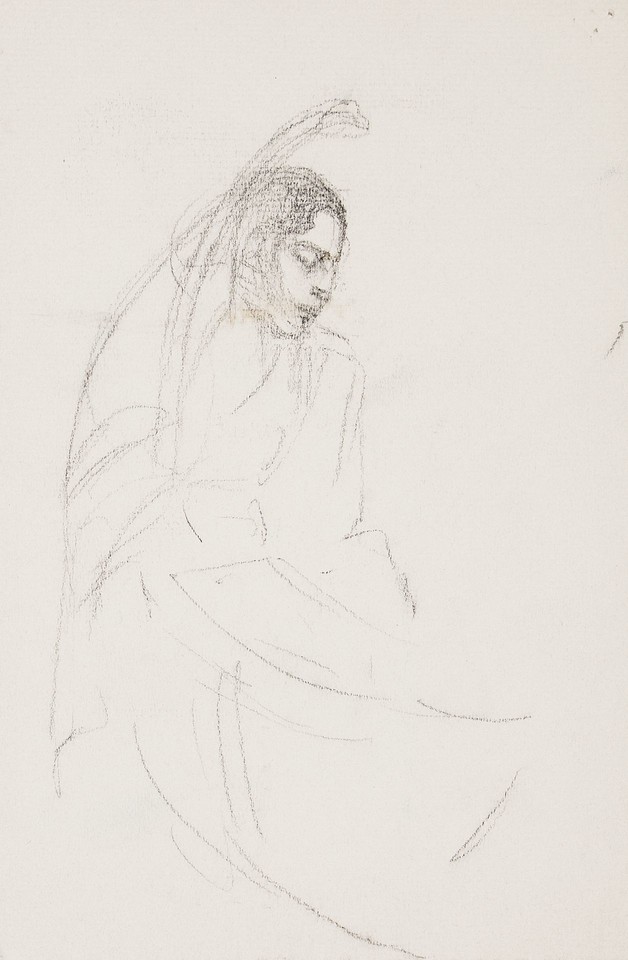
Portrait study of unidentified woman, at the 1949 World Assembly for Moral Re-Armament, Caux, Switzerland
Drawings and Watercolors
View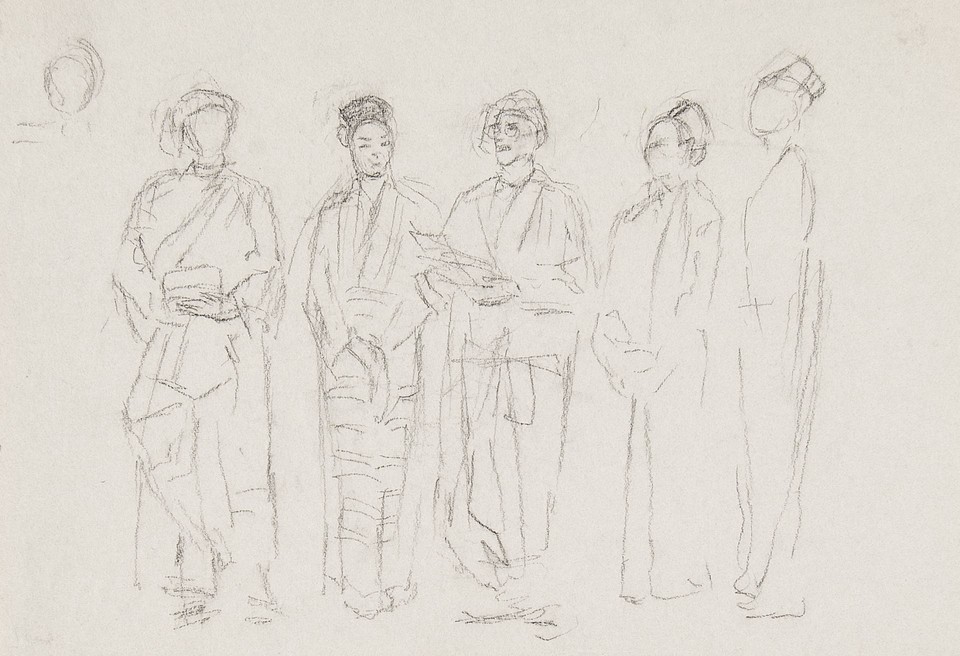
Group portrait study of a delegation from Burma, at the 1949 World Assembly for Moral Re-Armament, Caux, Switzerland
Drawings and Watercolors
View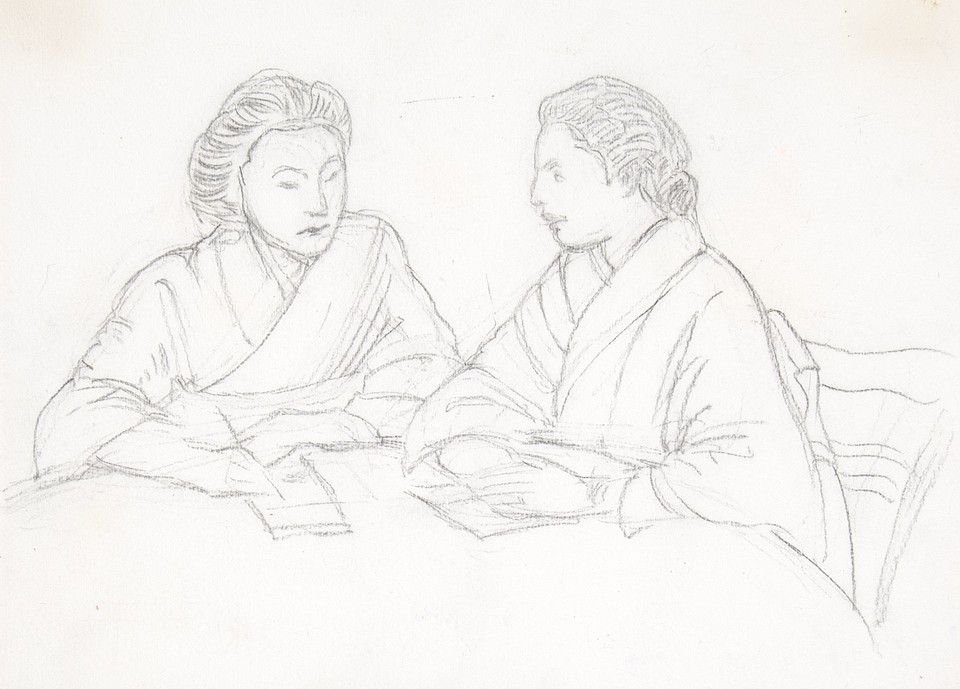
"Two Little Ladies from Japan," Portrait study of Mrs. Katayama and Mrs. Nutsien [?], at the 1949 World Assembly for Moral Re-Armament, Caux, Switzerland
Drawings and Watercolors
View






